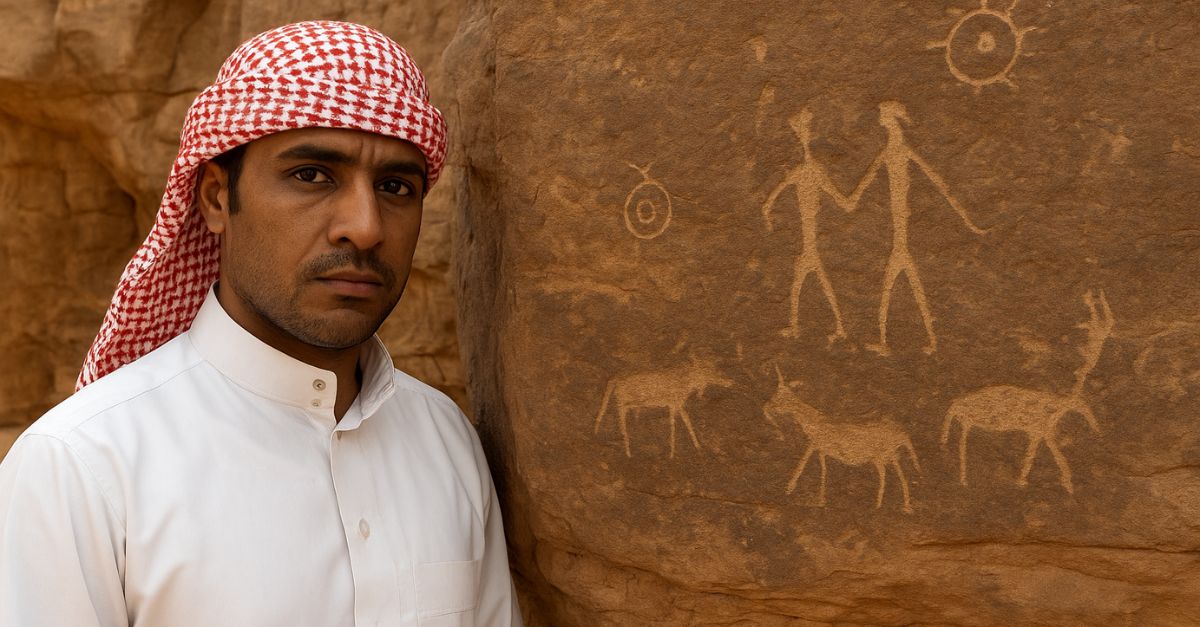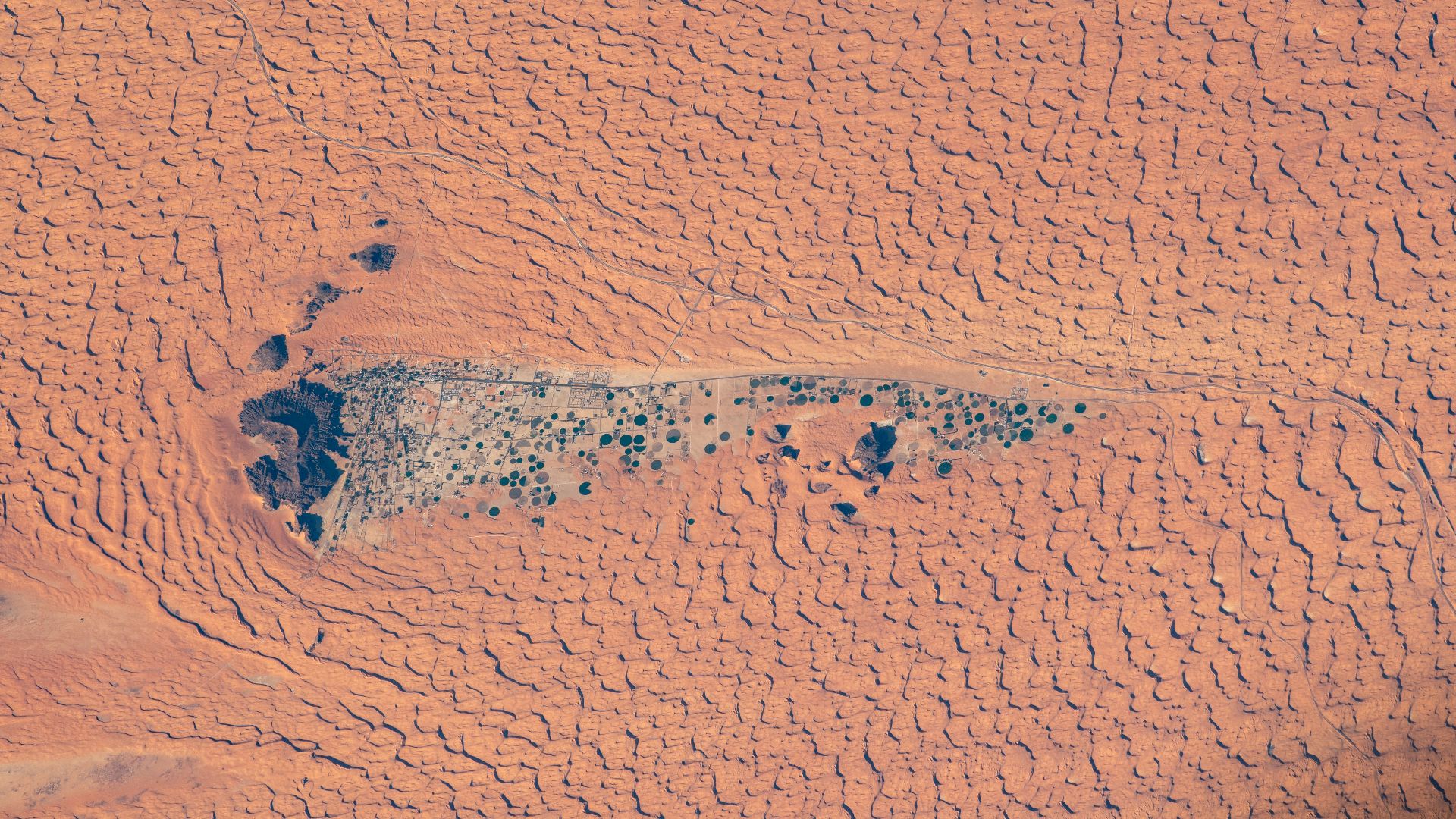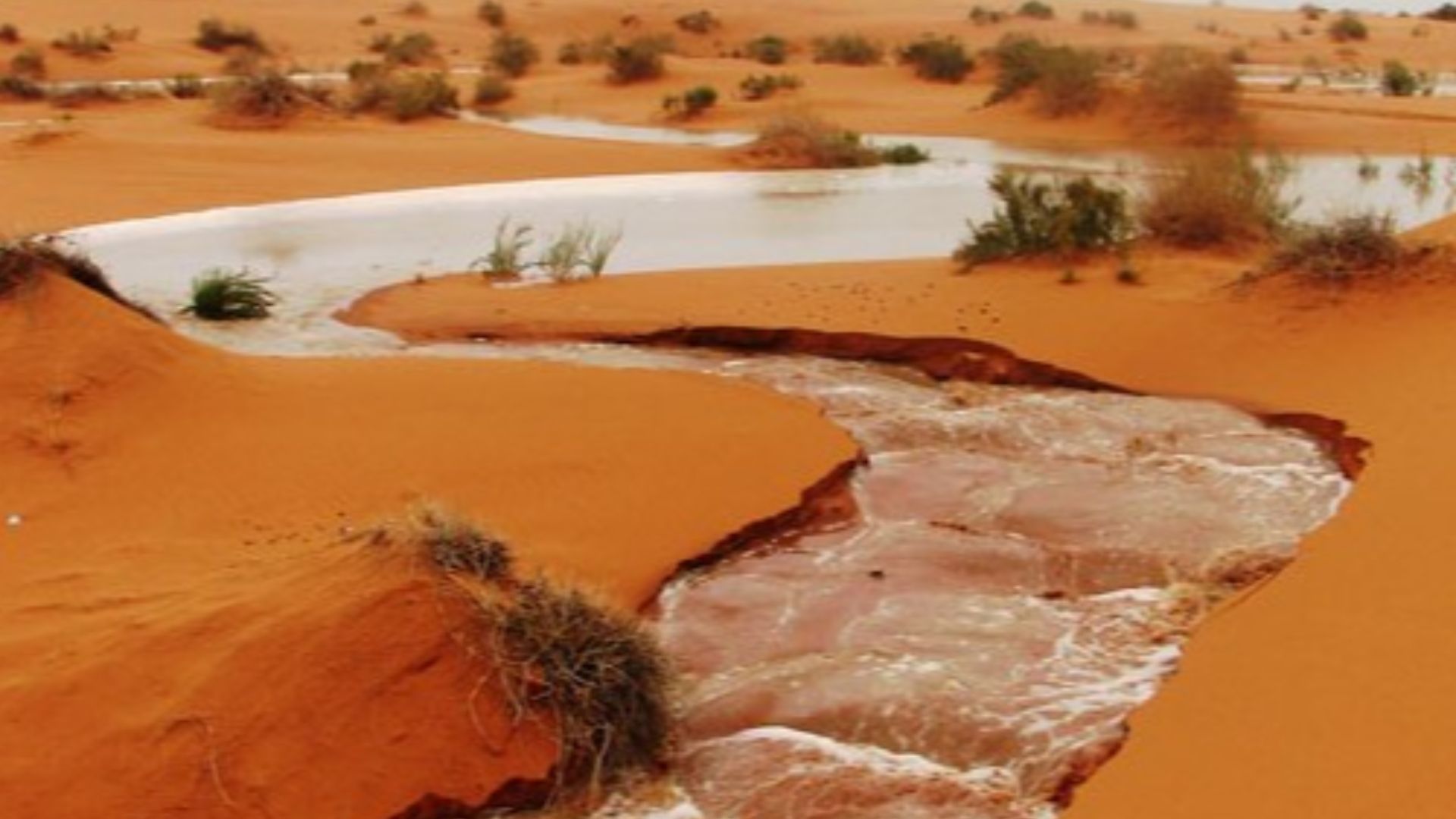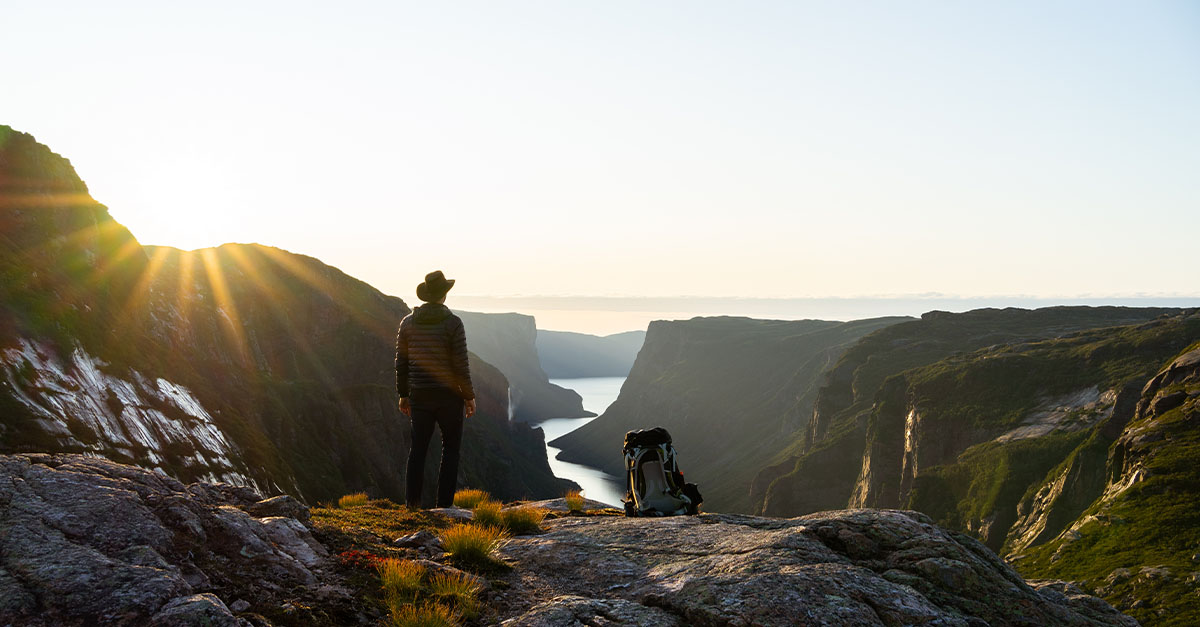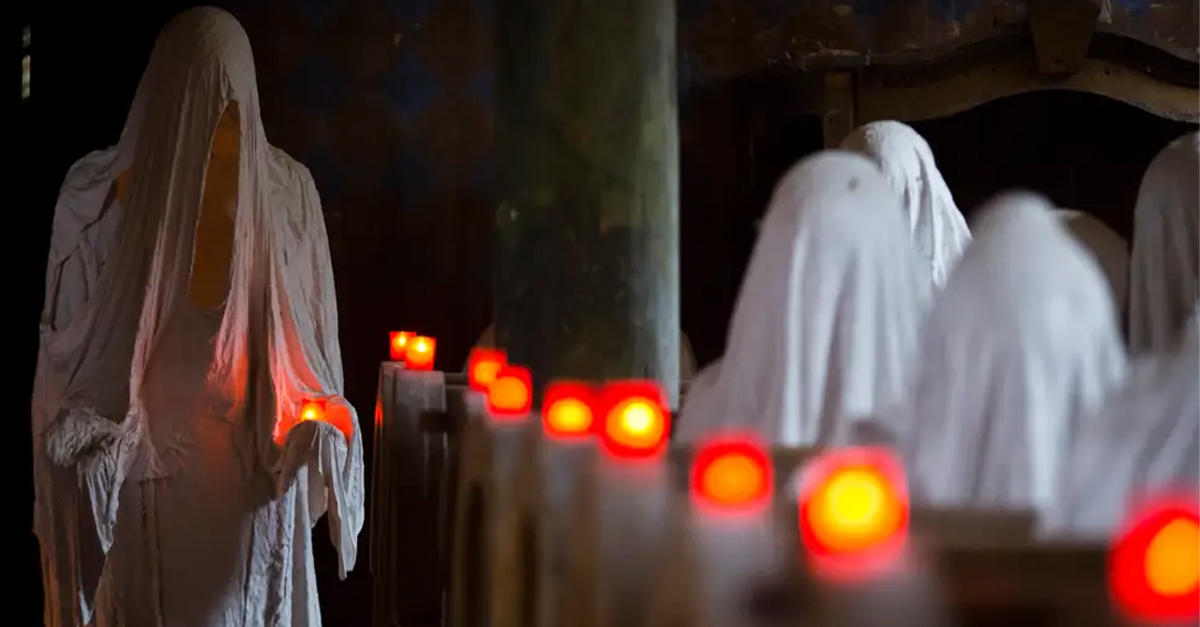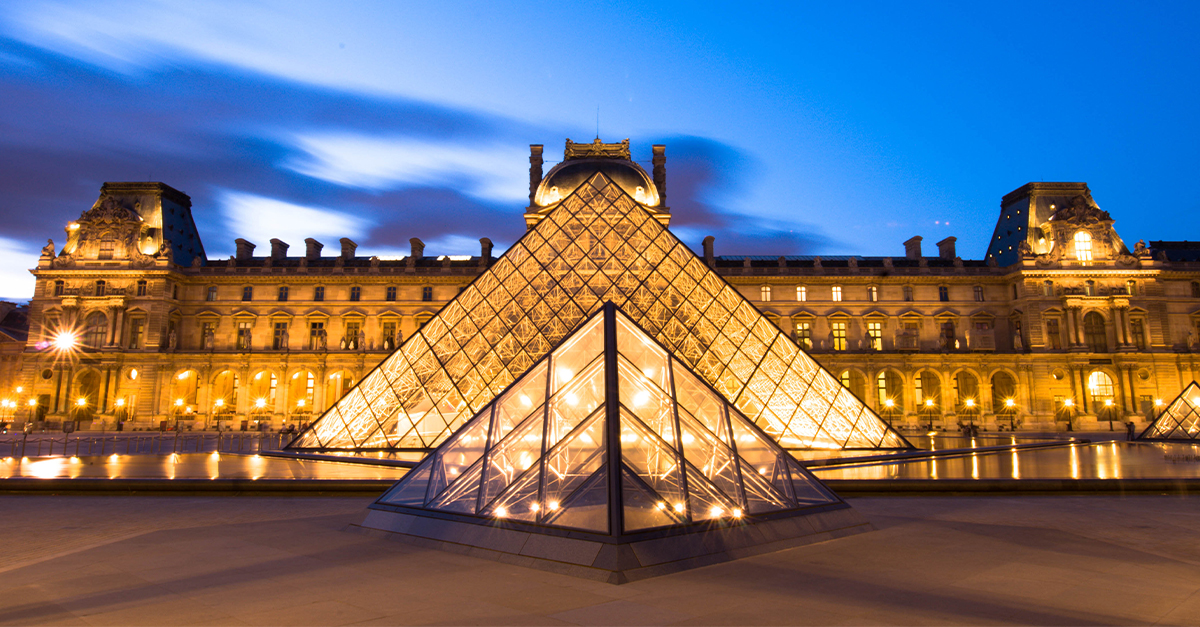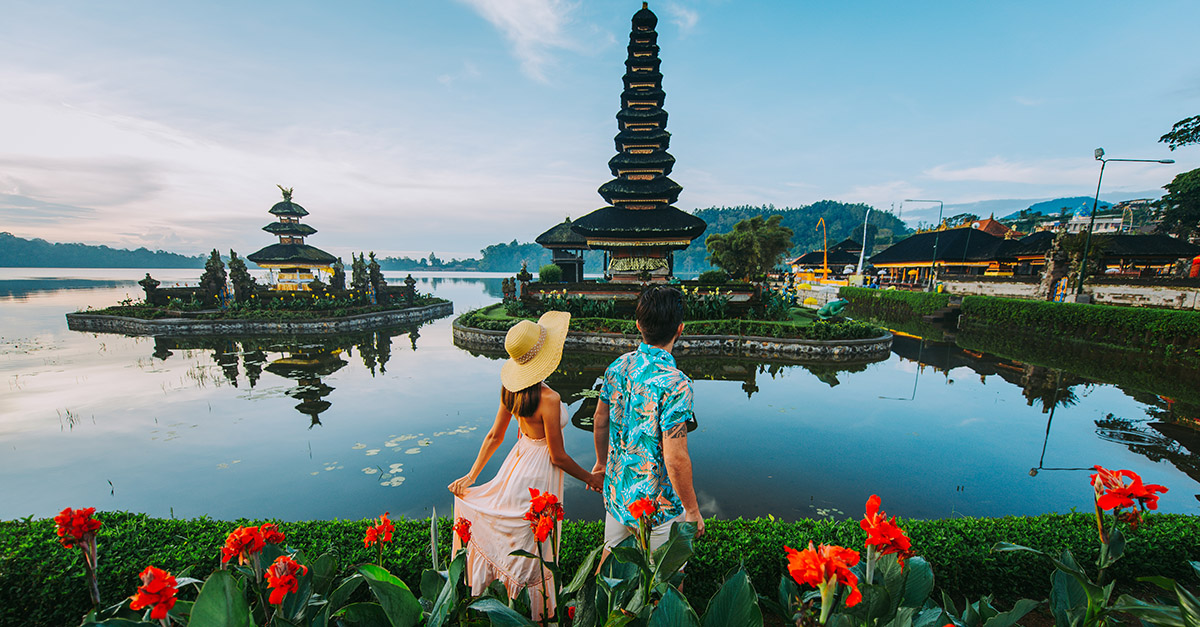The Desert With Memories
Beneath the Nefud’s endless dunes lies a memory written in stone. Every carving—animal, human, or symbol—forms a silent archive of vanished seasons. These rocks recorded the heartbeat of a land once green.
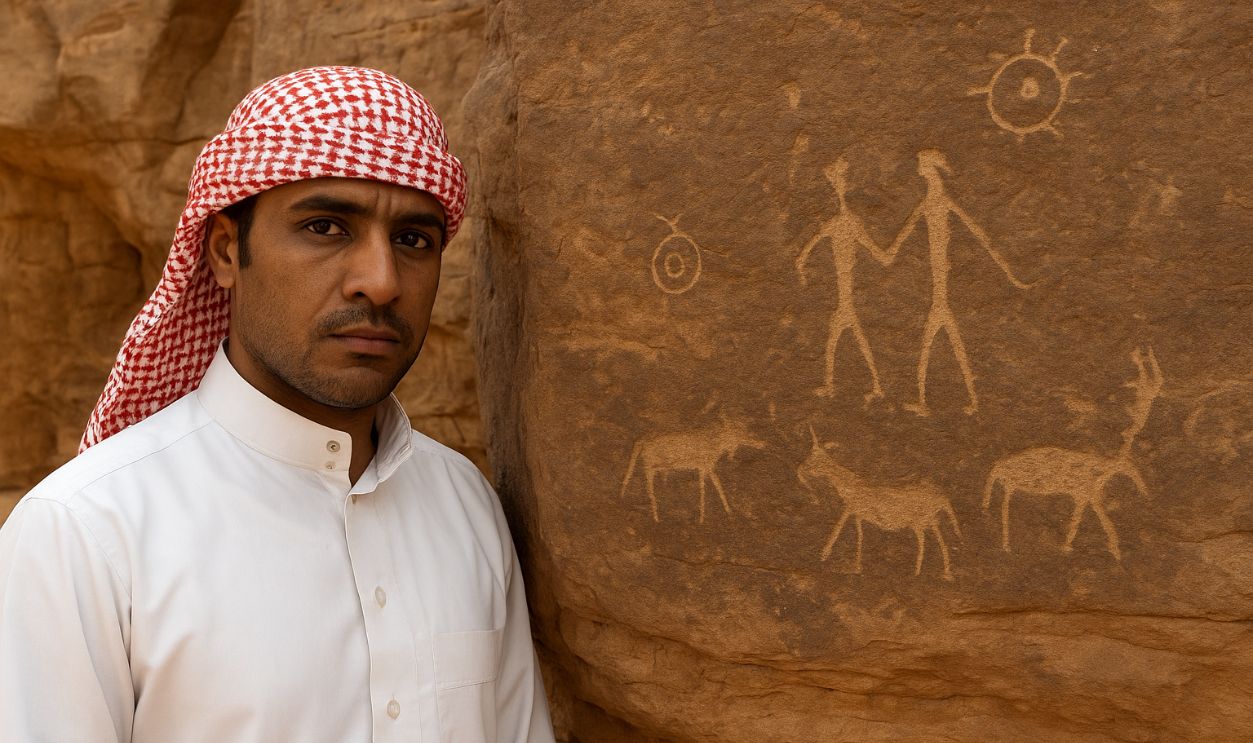
What The Rocks Still Remember
Across Saudi’s desert lands—sixty panels, 176 engravings—paint a portrait of human persistence. These marks were a civilization’s memory, written in stone across northern Saudi Arabia. Every carving speaks the same truth: people lived here, dreamed here, and refused to be forgotten. Here’s the interpretation:
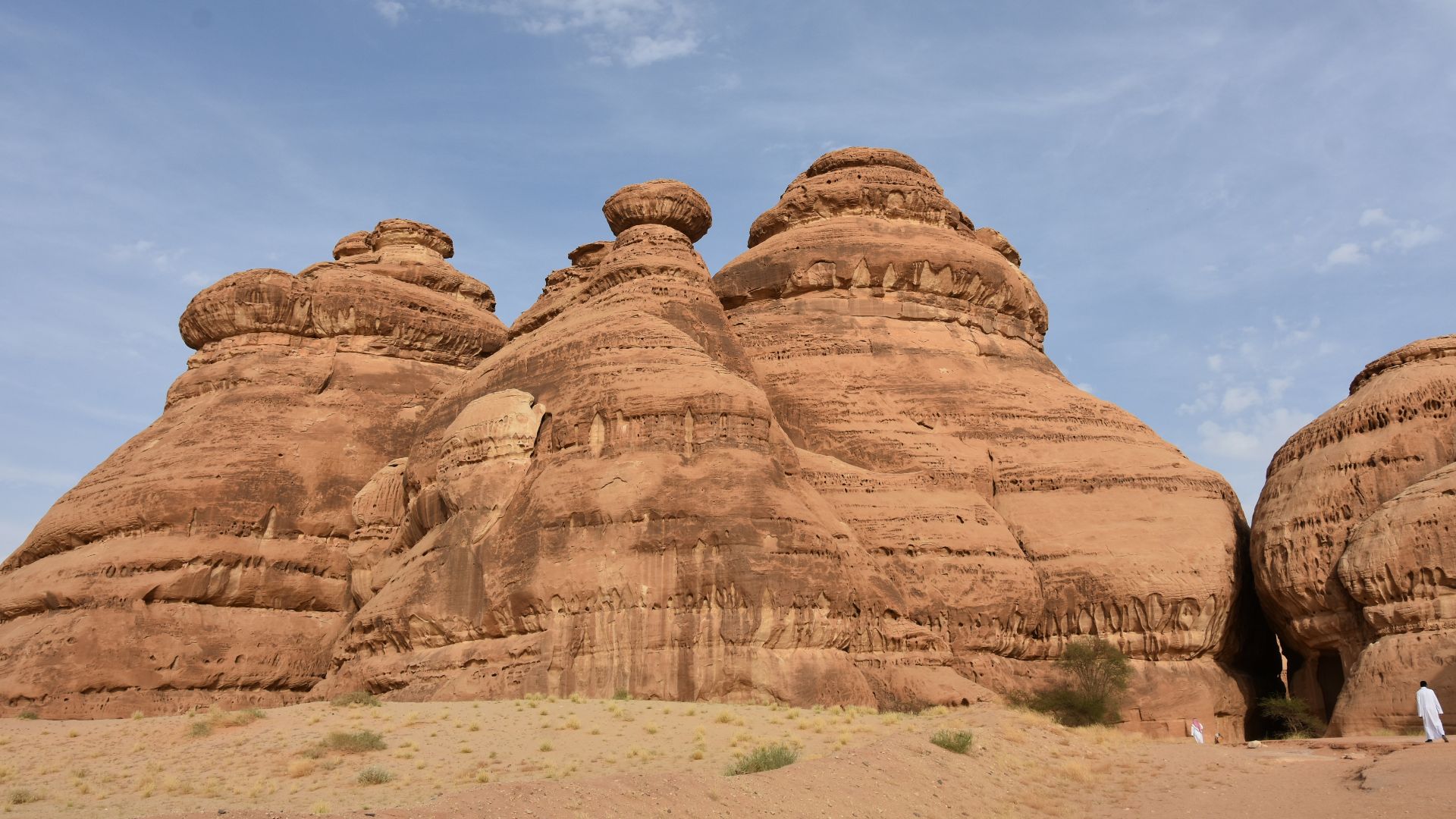 Prof. Mortel, Wikimedia Commons
Prof. Mortel, Wikimedia Commons
The First Artists Of The Nefud Desert
In northern Saudi Arabia, where the Nefud Desert now stretches endlessly in red, ancient artists once carved life into sandstone cliffs. Ten thousand years ago, this region was green, dotted with lakes. Those first engravings at Jebel Arnaan, a newly documented archeological site, marked humanity’s earliest creative pulse in Arabia.
Hunters Beside The Vanished Lakes
Before the desert came, the southern edge of the Nefud brimmed with water. Lakes shimmered near today’s Ha’il Province, attracting animals and people alike. Hunters camped along those fertile banks, carving gazelle and oryx scenes into stone. Their art still circles the basins where reeds once swayed.
The Ibex Chase At Jebel Arnaan
At Jebel Arnaan, an ancient chase unfolds: hunters flank a leaping ibex, each spear stroke etched with precision. Beyond survival, it’s a portrait of rhythm and cooperation. The scene captures motion so vividly that it feels as though the hunt still races across the sandstone.
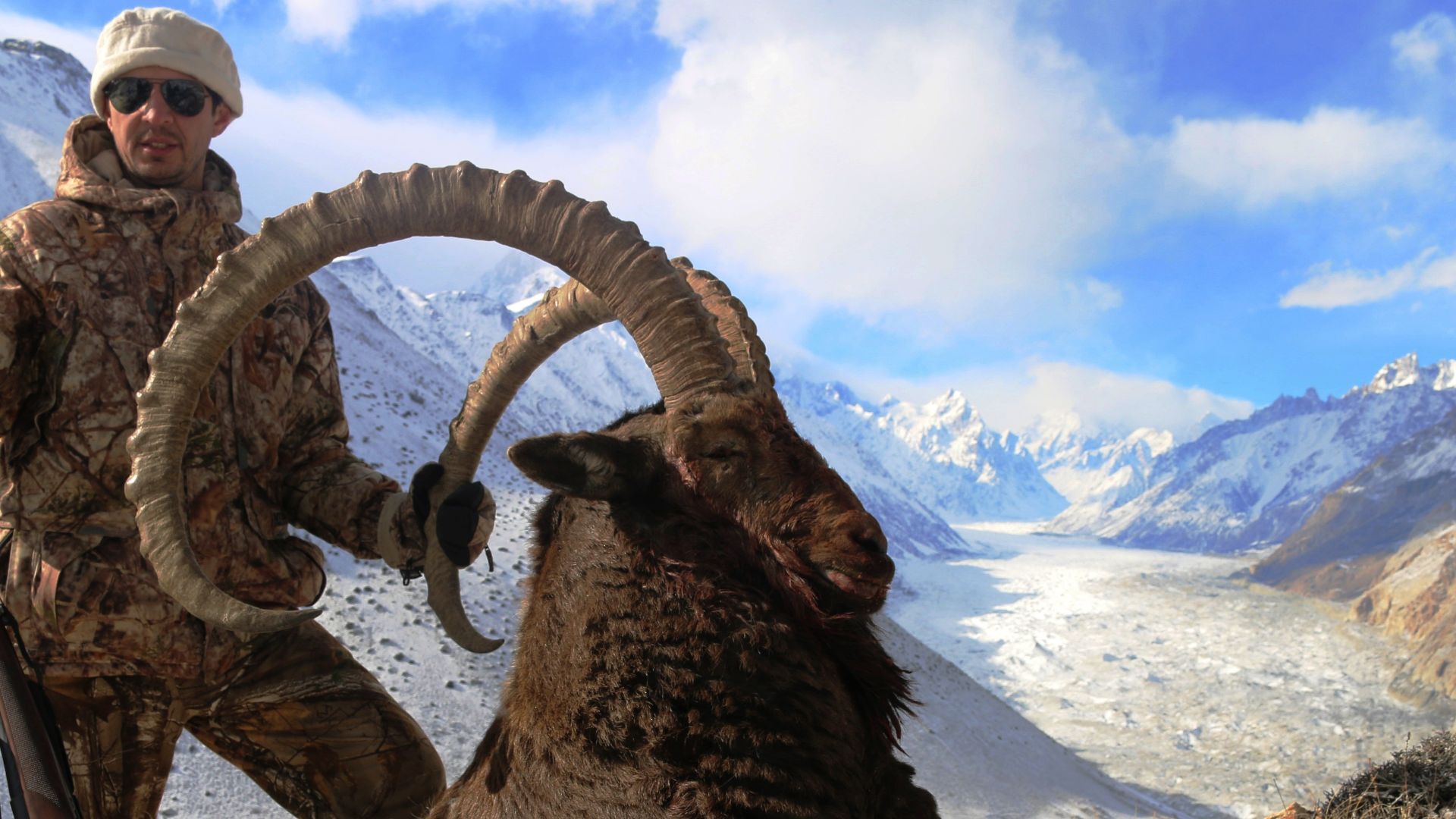 Hesham Usama Khan, Wikimedia Commons
Hesham Usama Khan, Wikimedia Commons
The Spear Men Of Jebel Umm Sinman
East of Ha’il, on another sandstone mountain, Jebel Umm Sinman, human silhouettes brandish long spears, their arms raised and strides sure. Their strength lies in the stark simplicity of bold outlines carved deep into stone—echoes of organized hunts and shared purpose in Arabia’s shifting heartland.
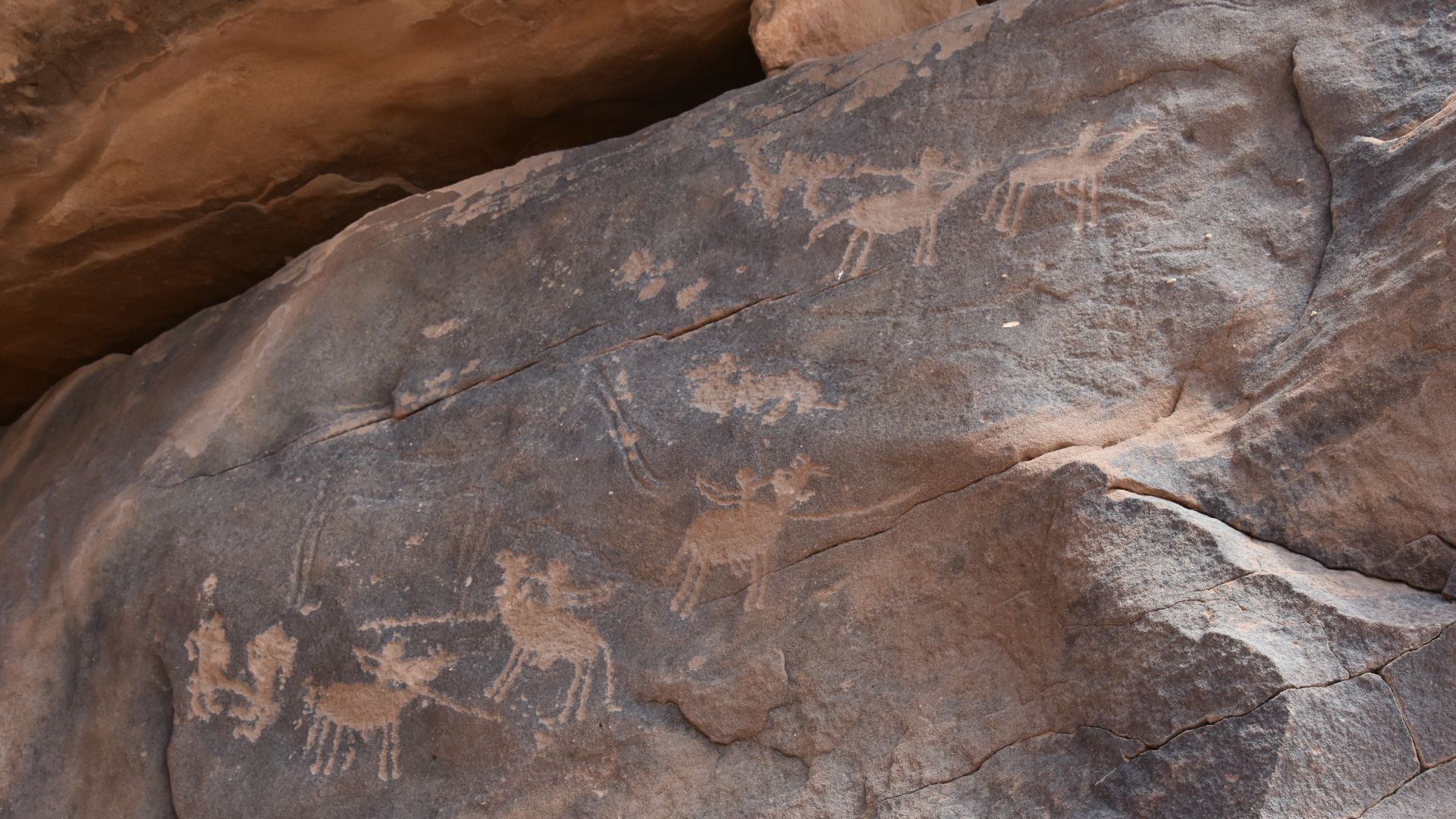 Prof. Mortel, Wikimedia Commons
Prof. Mortel, Wikimedia Commons
Footprints In The Stone
Across Jebel Arnaan, a few mysterious carvings show human footprints pressed into the rock. Were they symbols of belonging or prayers to mark a journey? No one knows for sure. Yet these prints, smaller than a hand, feel personal. It’s as if the artists stepped into eternity on purpose.
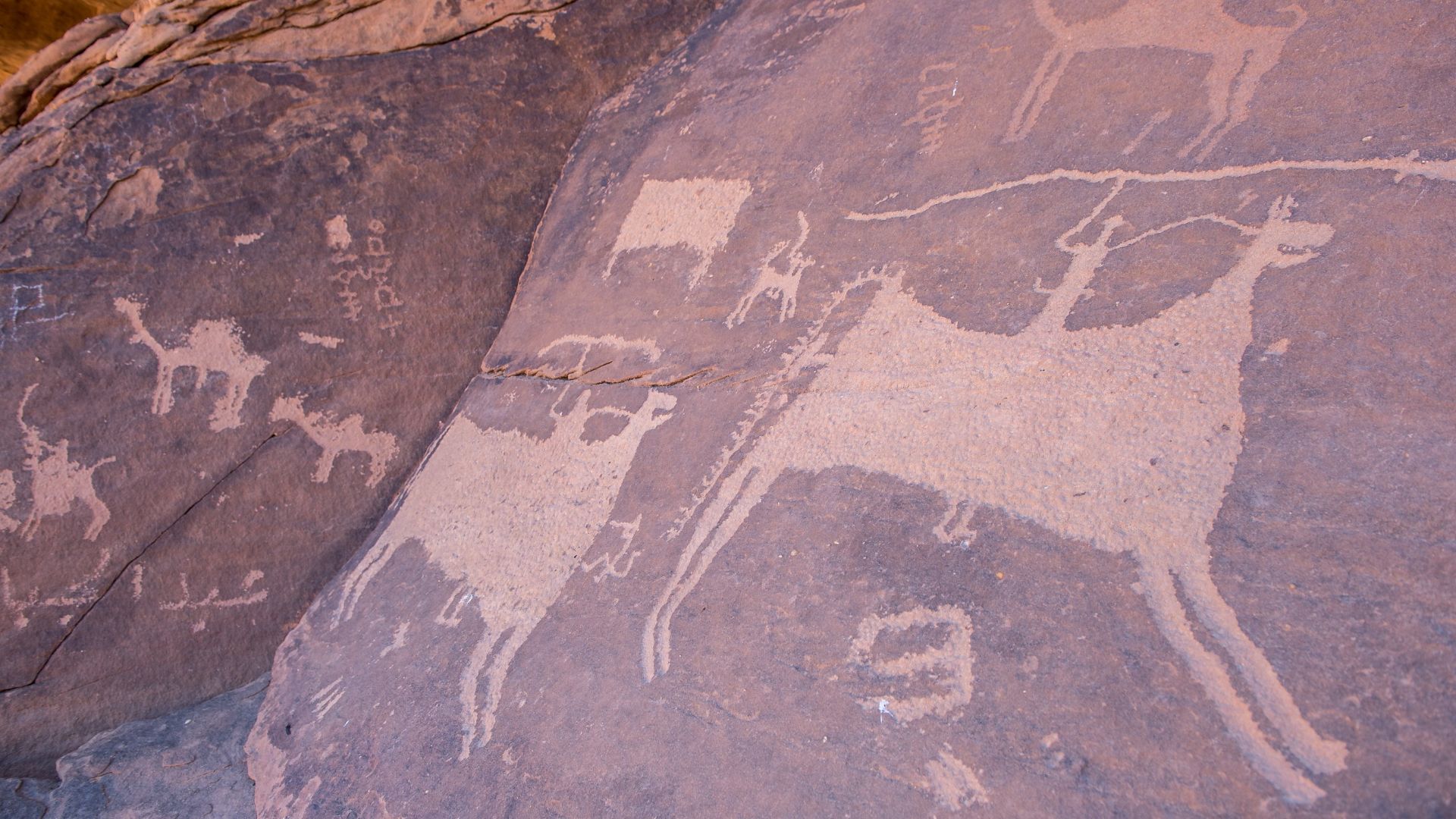 Heritage Commission , Wikimedia Commons
Heritage Commission , Wikimedia Commons
The Ostrich Procession
Long before camels defined Arabia, ostriches ruled its plains. On the cliffs of the sites Jebel Arnaan and Jebel Misma, delicate carvings show them walking in graceful lines, wings spread, chicks close behind. Their presence reveals a greener world when northern Saudi Arabia still supported grasslands and migrating herds.
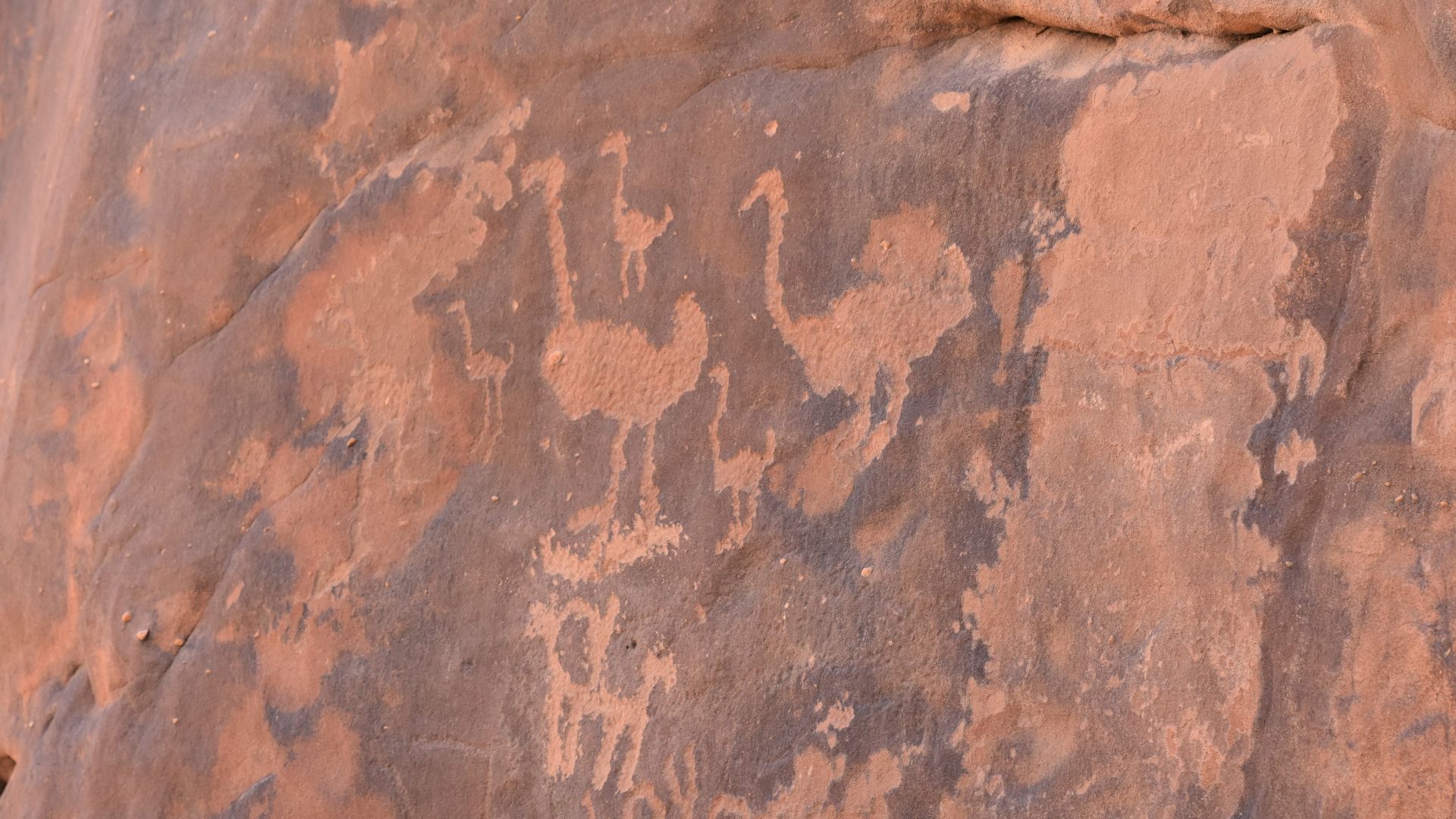 Prof. Mortel, Wikimedia Commons
Prof. Mortel, Wikimedia Commons
Cattle Arrive In The Desert
By around 10,800 BCE, new images appear across the Nefud’s rock walls. At Jebel Misma, ancient artists captured a transformation—the first herders guiding cattle through drying plains. Ropes and markings carved into sandstone record the dawn of domestication.
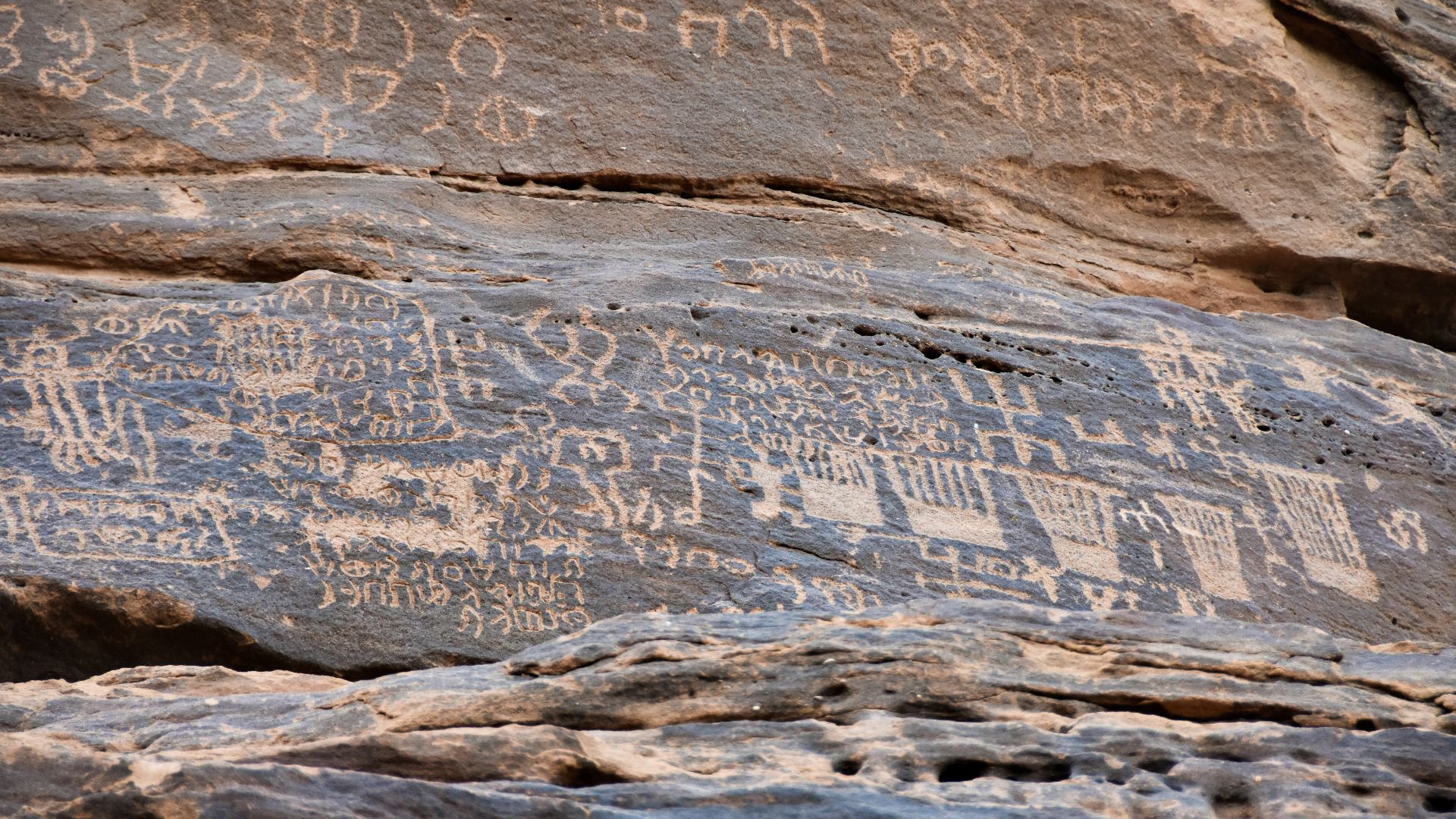 Prof. Mortel, Wikimedia Commons
Prof. Mortel, Wikimedia Commons
Camp Scenes At Jebel Misma
At Misma, near Saudi Arabia’s Tabuk Province, the focus shifts from hunt to home. Carvings show small groups seated together, animals grazing nearby, and tools lying close. Scientists believe these panels mark the sites of campgrounds where families rested and shared meals.
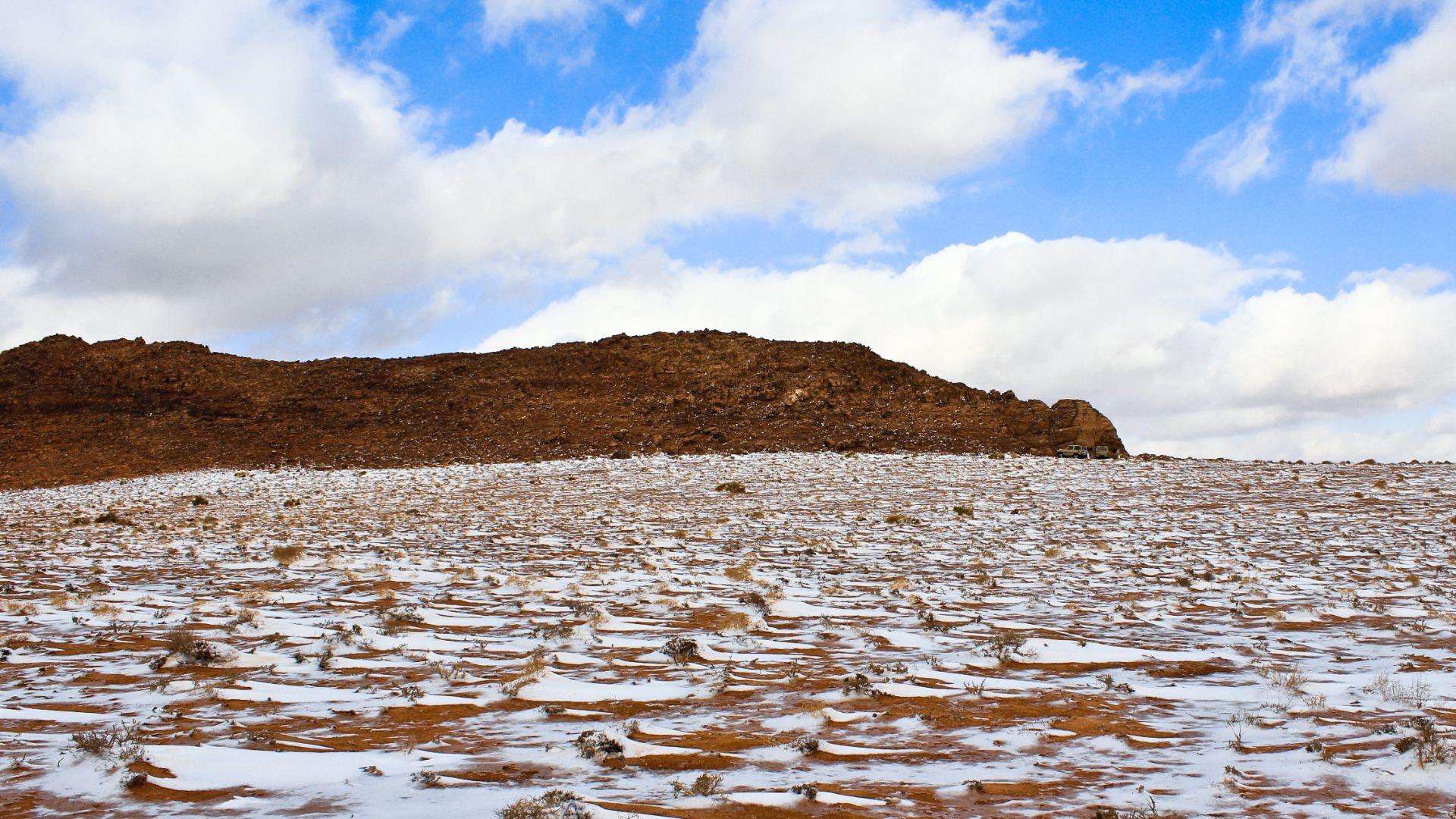 ADEL AL-OMRANI, Wikimedia Commons
ADEL AL-OMRANI, Wikimedia Commons
The Twin Ibex Motif
Across two mountains—Arnaan and Misma—the same image appears: two ibexes face each other, horns almost touching. Perhaps it symbolized unity, fertility, or sacred balance. Its repetition connects distant artists across ancient Arabia, a shared language in stone whispering through thousands of silent years.
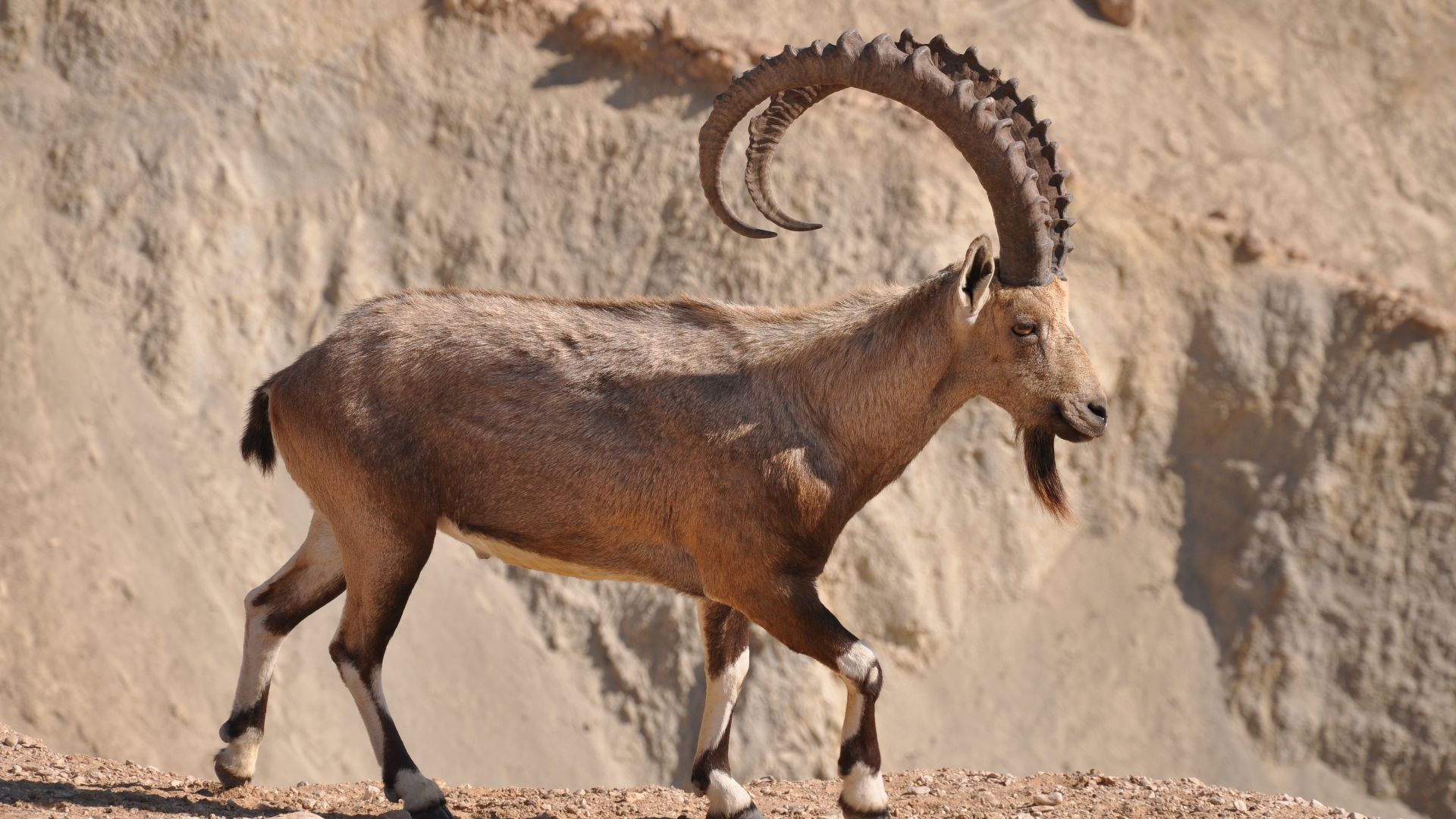 netzach farbiash, Wikimedia Commons
netzach farbiash, Wikimedia Commons
The Herding Trails Of Arnaan
High along Arnaan’s cliffs, processions of carved cattle stretch for yards, linked nose to tail. Archaeologists believe these lines mark actual migration paths between waterholes. Each engraving acted like a map—a visual memory guiding herders across a shifting desert centuries before written navigation existed.
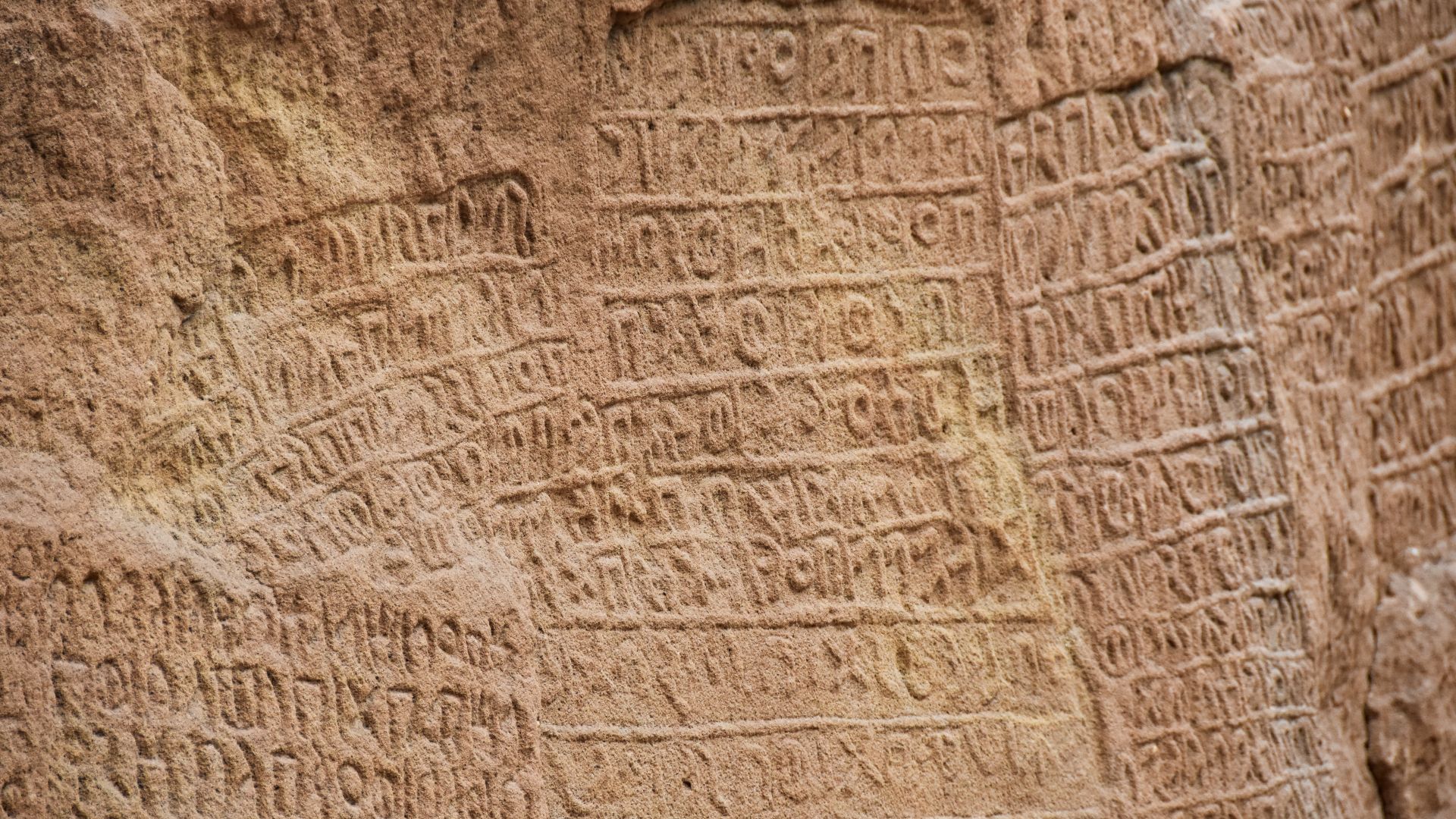 Prof. Mortel, Wikimedia Commons
Prof. Mortel, Wikimedia Commons
Desert Dogs In Action
In these sites, sandstone walls also show dogs sprinting beside hunters. Their lean shapes and forward tilt capture motion and purpose. These images mark one of the world’s earliest records of domestication—proof that dogs shared the hunt and the triumph of survival.
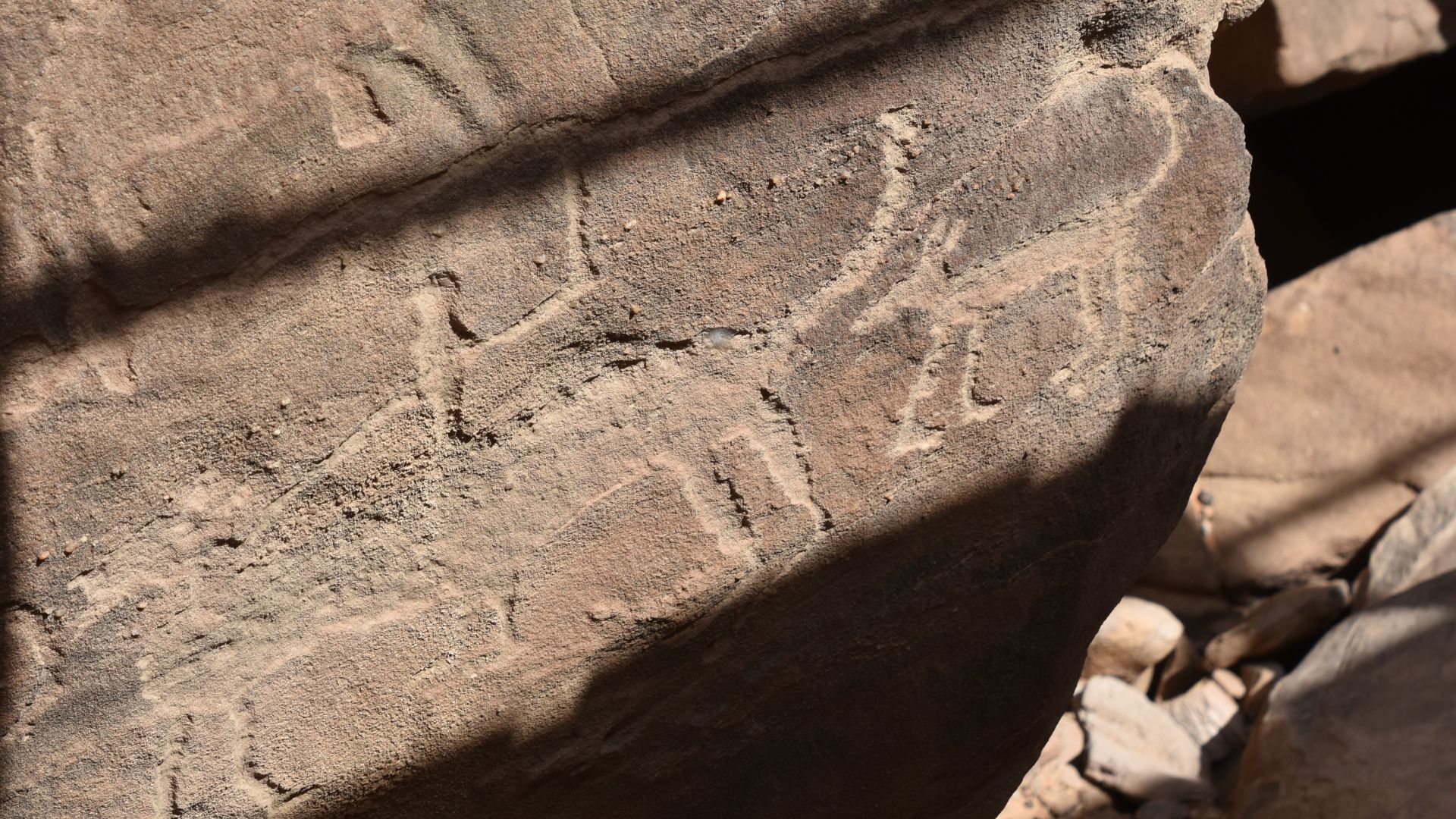 Prof. Mortel, Wikimedia Commons
Prof. Mortel, Wikimedia Commons
The Grazing Plateau Of Misma
High on Jebel Misma, where wind now howls across bare cliffs, carvings show cattle calmly grazing. Soil studies reveal this plateau was once carpeted with grass and shrubs. The engravings aren’t imagination—they’re documentation, snapshots of a time when life flourished above what’s now an endless desert.
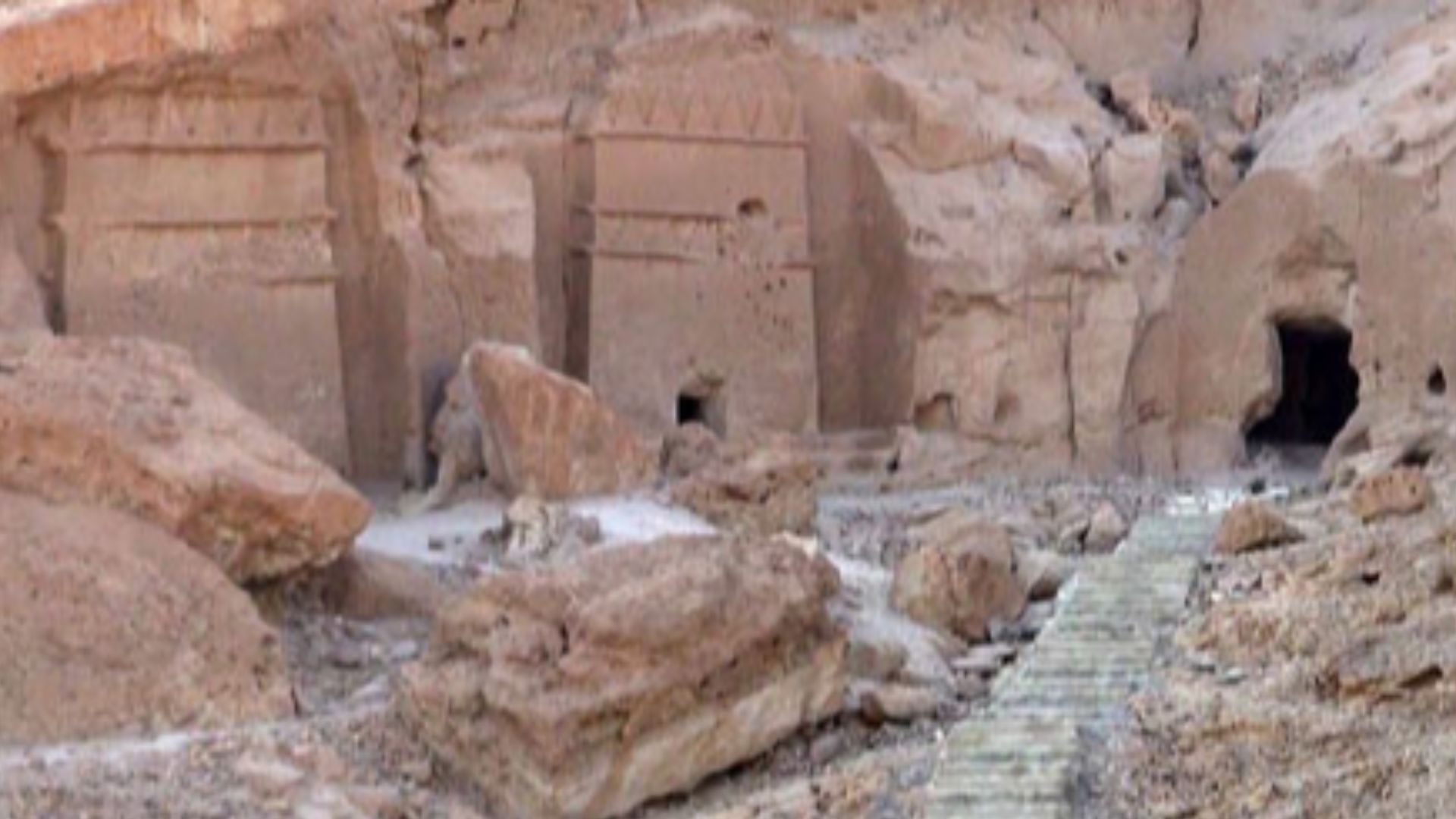 Bandar Al-Huwaifi, Wikimedia Commons
Bandar Al-Huwaifi, Wikimedia Commons
Overlapping Stories In Stone
At Arnaan, new generations carved over older lines. Hunters faded beneath herders; herders under camels. These layers are time-stacked on themselves, a prehistoric timeline drawn by many hands. It’s evidence that the Nefud’s cliffs were not abandoned but revisited across centuries.
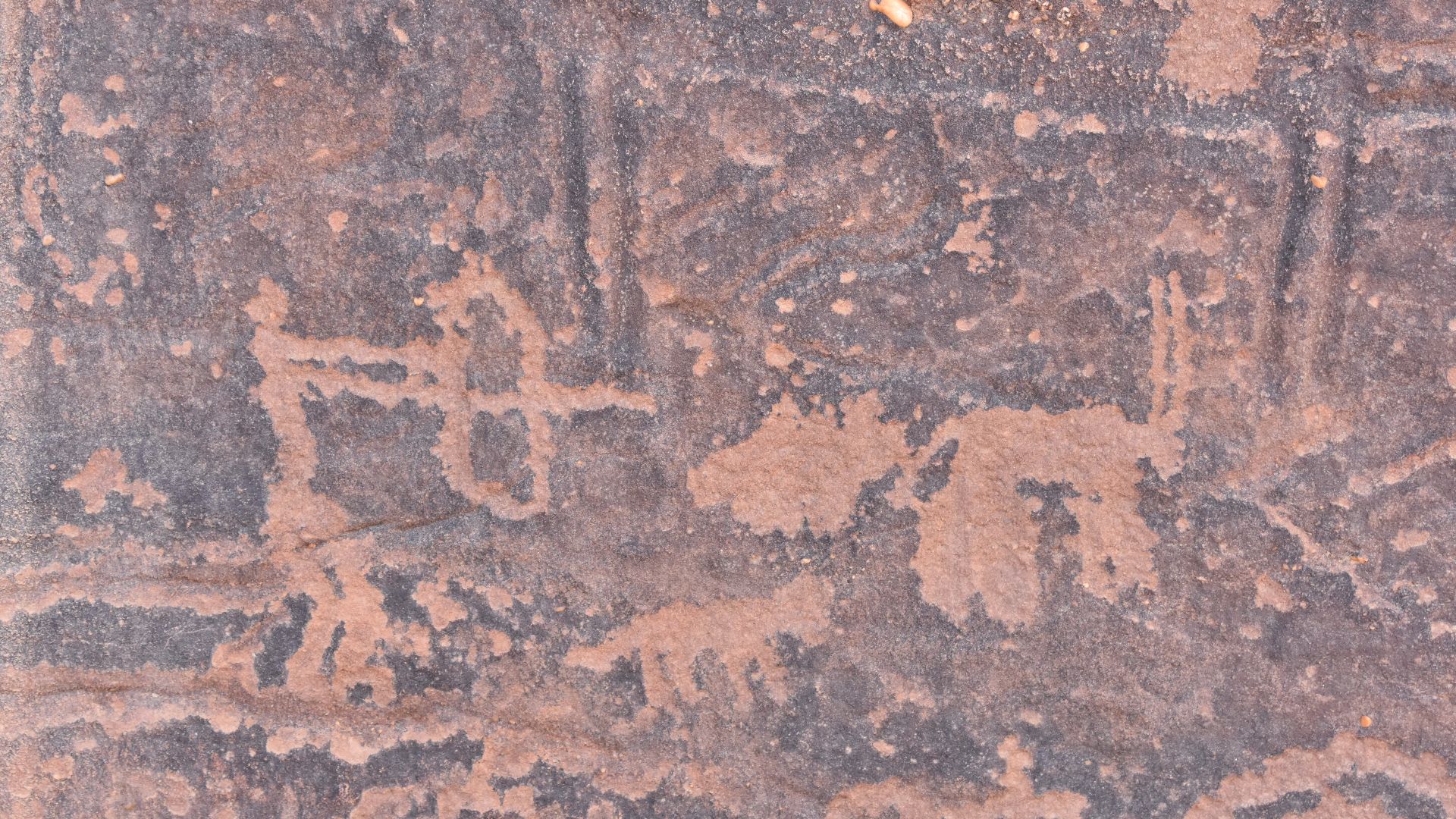 Prof. Mortel, Wikimedia Commons
Prof. Mortel, Wikimedia Commons
Figures Beneath The Desert Varnish
Many engravings glisten beneath a dark, glassy coating called desert varnish, formed over thousands of years by a mineral skin. Found across northern Saudi Arabia, it confirms the deep antiquity of these figures. The varnish preserves what the climate erased.
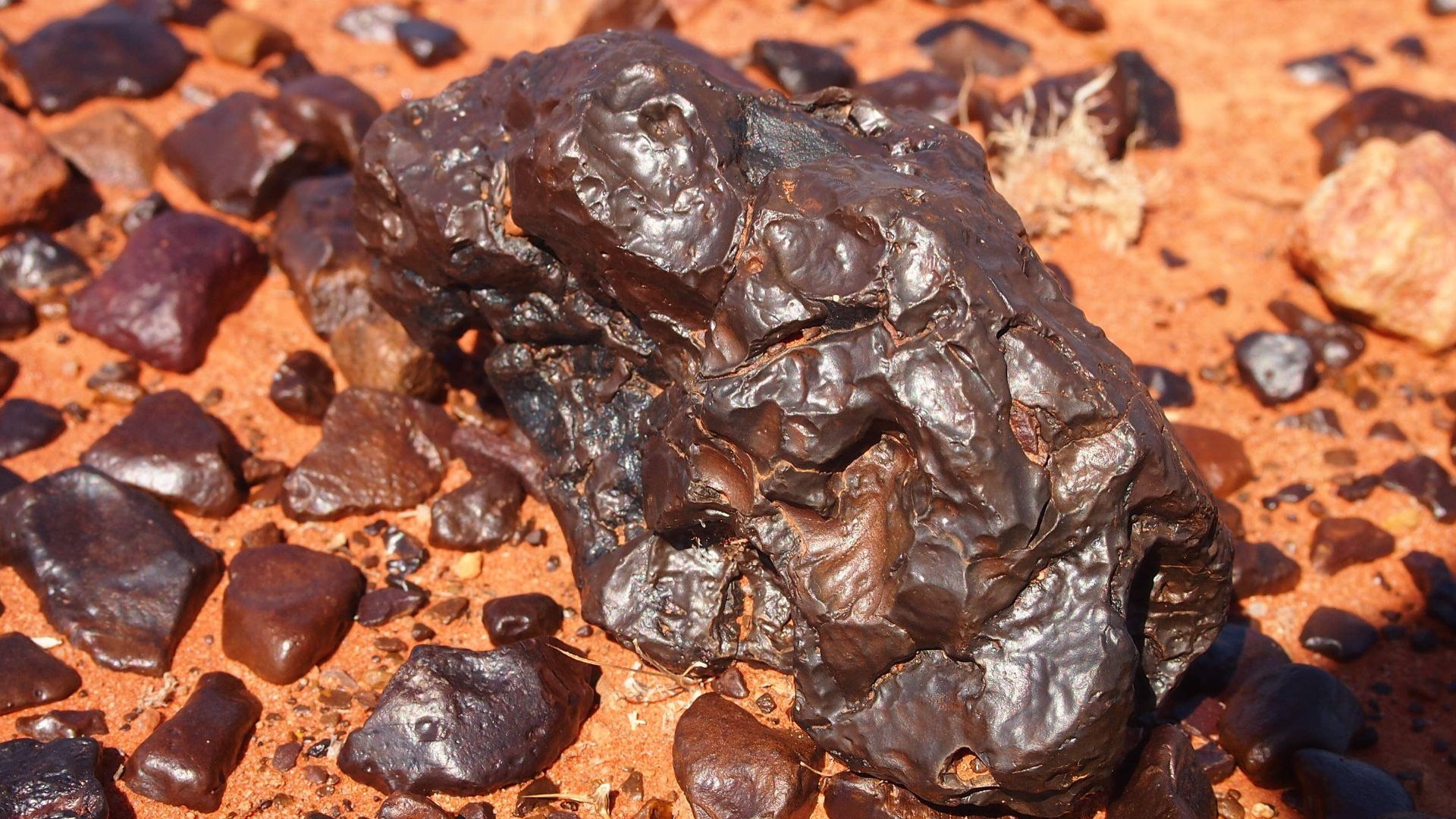 Mark Marathon, Wikimedia Commons
Mark Marathon, Wikimedia Commons
Women Of The Wind Carvings
Among the hunters of Misma, softer forms appear: curved figures carved with care, often near herds. Their presence hints at women’s symbolic or spiritual role within early Arabian life. These rare depictions balance the record.
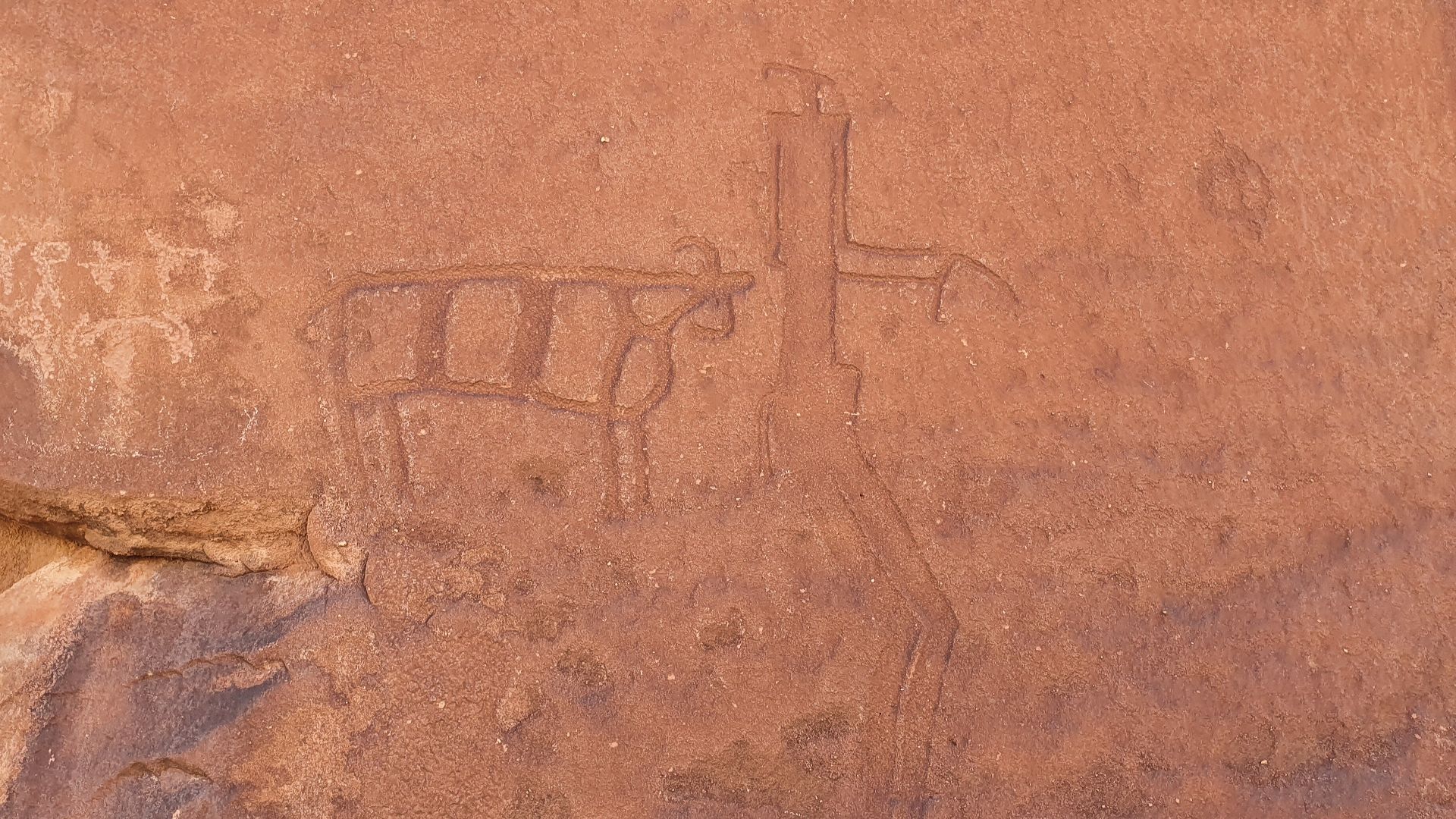 Prof. Mortel, Wikimedia Commons
Prof. Mortel, Wikimedia Commons
The Turning Climate Of The Nefud
Seven millennia ago, the Nefud’s transformation began, where grasslands shriveled, lakes disappeared, and dust replaced abundance. The rock art mirrors this slow catastrophe. Fish fade from the panels, replaced by camels and desert hunters—a visual chronicle of resilience in a land losing its lifeblood.
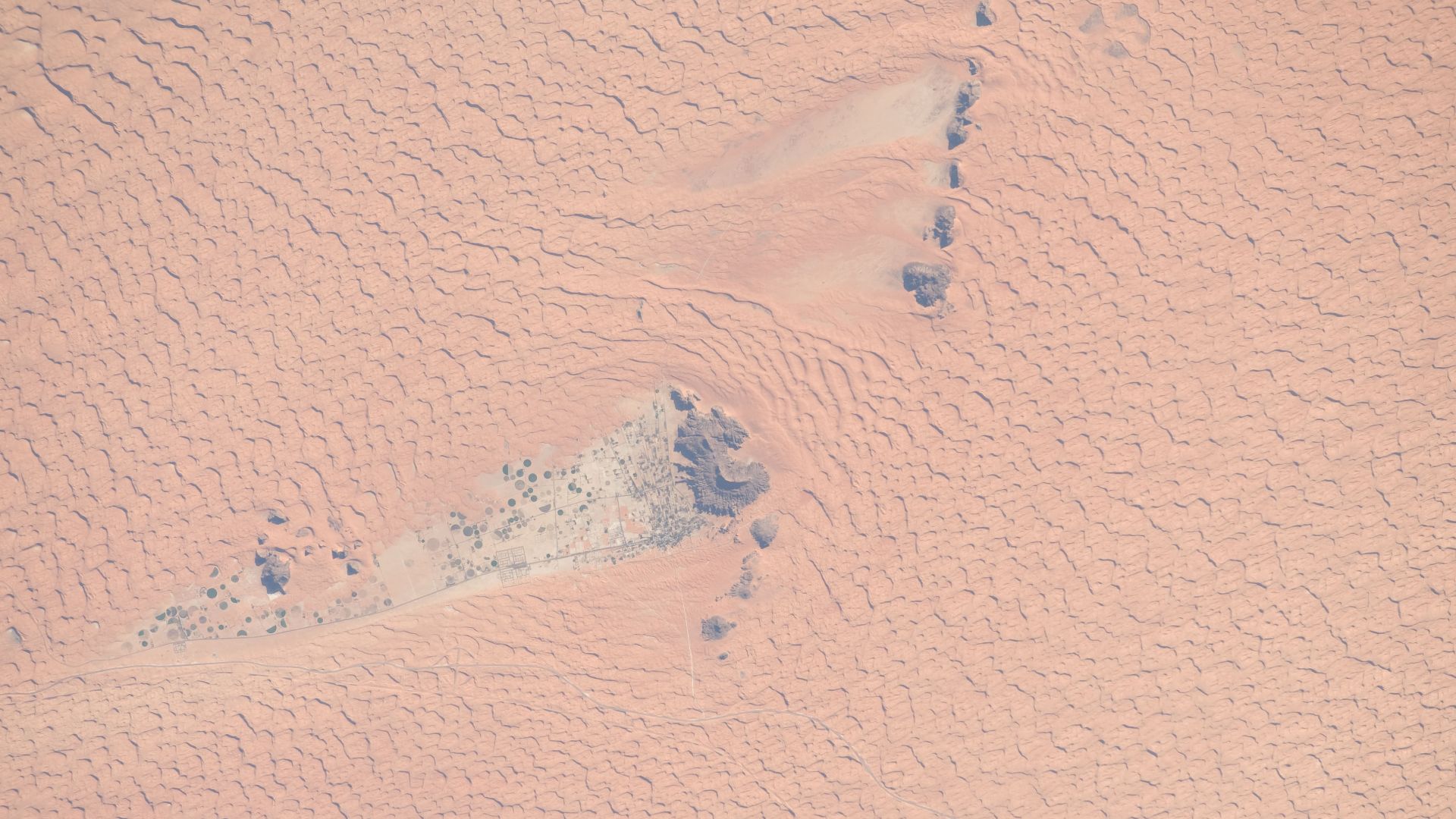 Earth Science and Remote Sensing Unit, Lyndon B. Johnson Space Center, Wikimedia Commons
Earth Science and Remote Sensing Unit, Lyndon B. Johnson Space Center, Wikimedia Commons
Camels Enter The Picture
When the Nefud dried, camels became salvation. Early engravings show them wild and free; later, roped and burdened. Across Arnaan and Misma, their silhouettes trace humanity’s adaptation. Even in desolation, people forged partnerships with the very creatures that could outlast the drought.
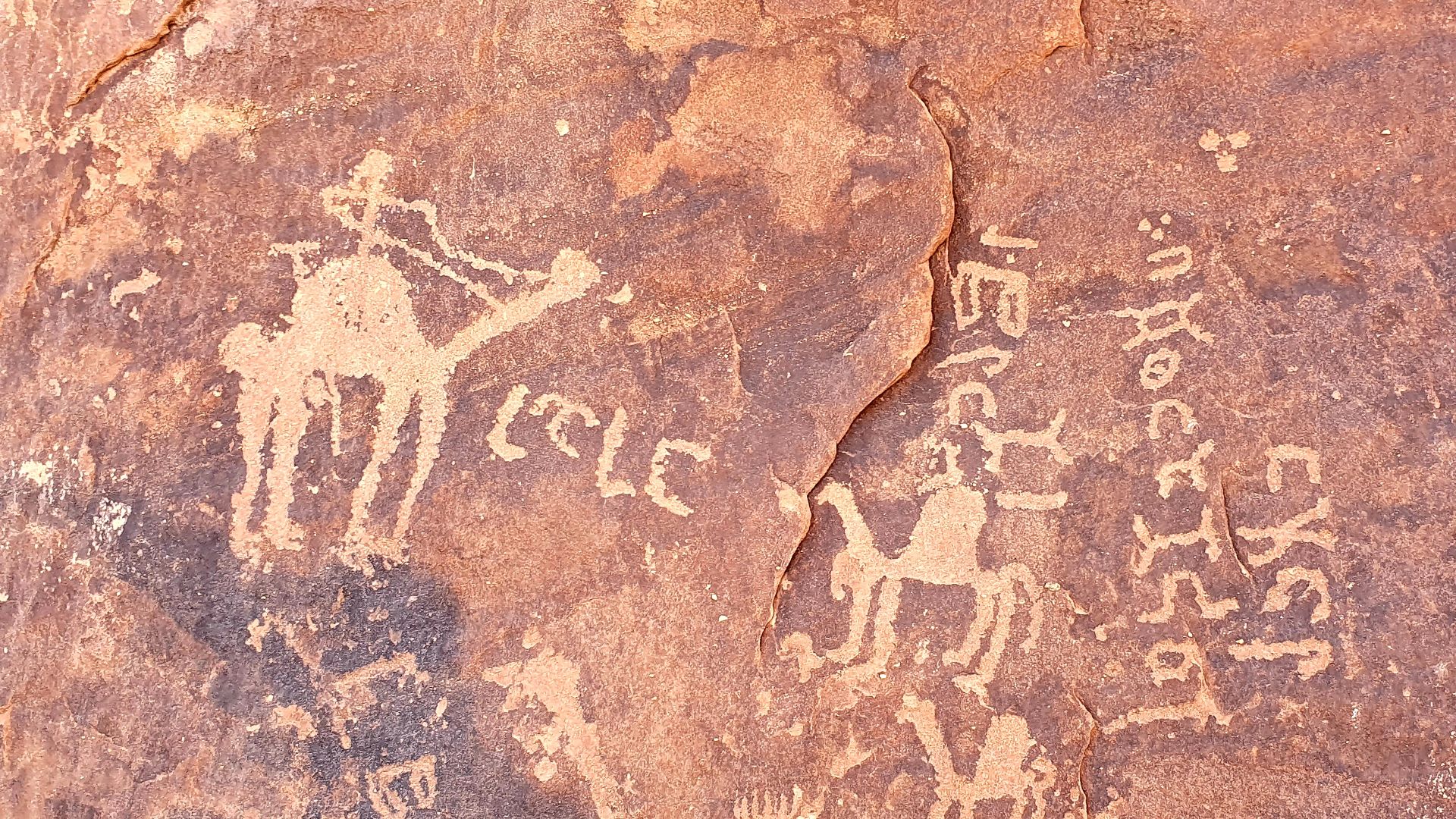 Prof. Mortel, Wikimedia Commons
Prof. Mortel, Wikimedia Commons
The Engraved Hunt Of Arnaan Valley
Deeper in Arnaan Valley, a larger tableau shows a strategy where hunters form a semicircle around their prey, spears raised in unison. This wasn’t a single hunt; it was instruction, an ancient visual manual teaching future generations how to move as one beneath desert skies.
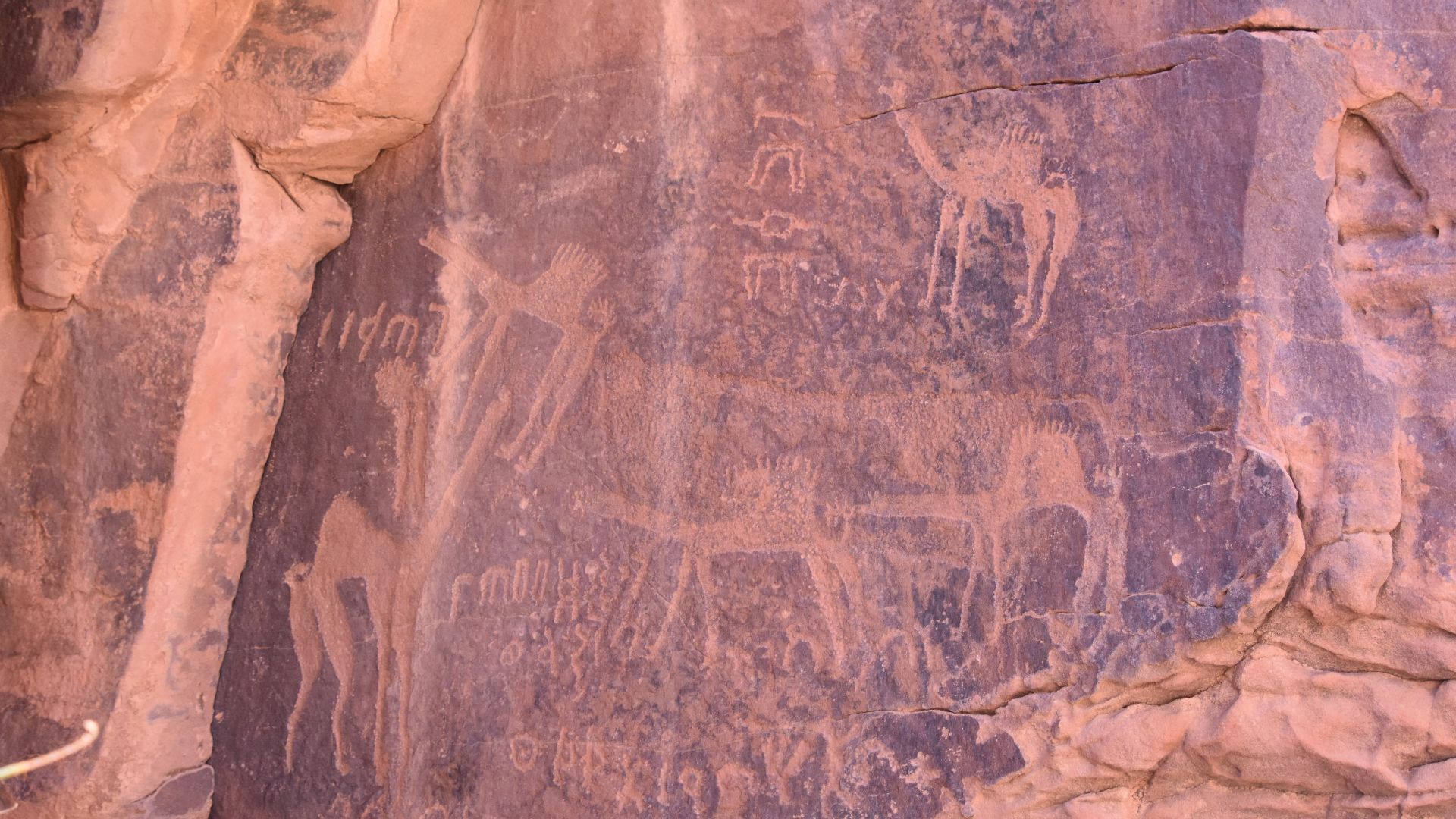 Prof. Mortel, Wikimedia Commons
Prof. Mortel, Wikimedia Commons
Symbols Of The Sky Watchers
High on Jebel Arnaan’s cliffs, circular and star-like carvings appear above the animal scenes. Some align with ancient horizon points, leading researchers to believe early artists tracked the heavens. In prehistoric Arabia, watching the sky was probably a matter of survival. Maybe they timed migrations with the sun and rain.
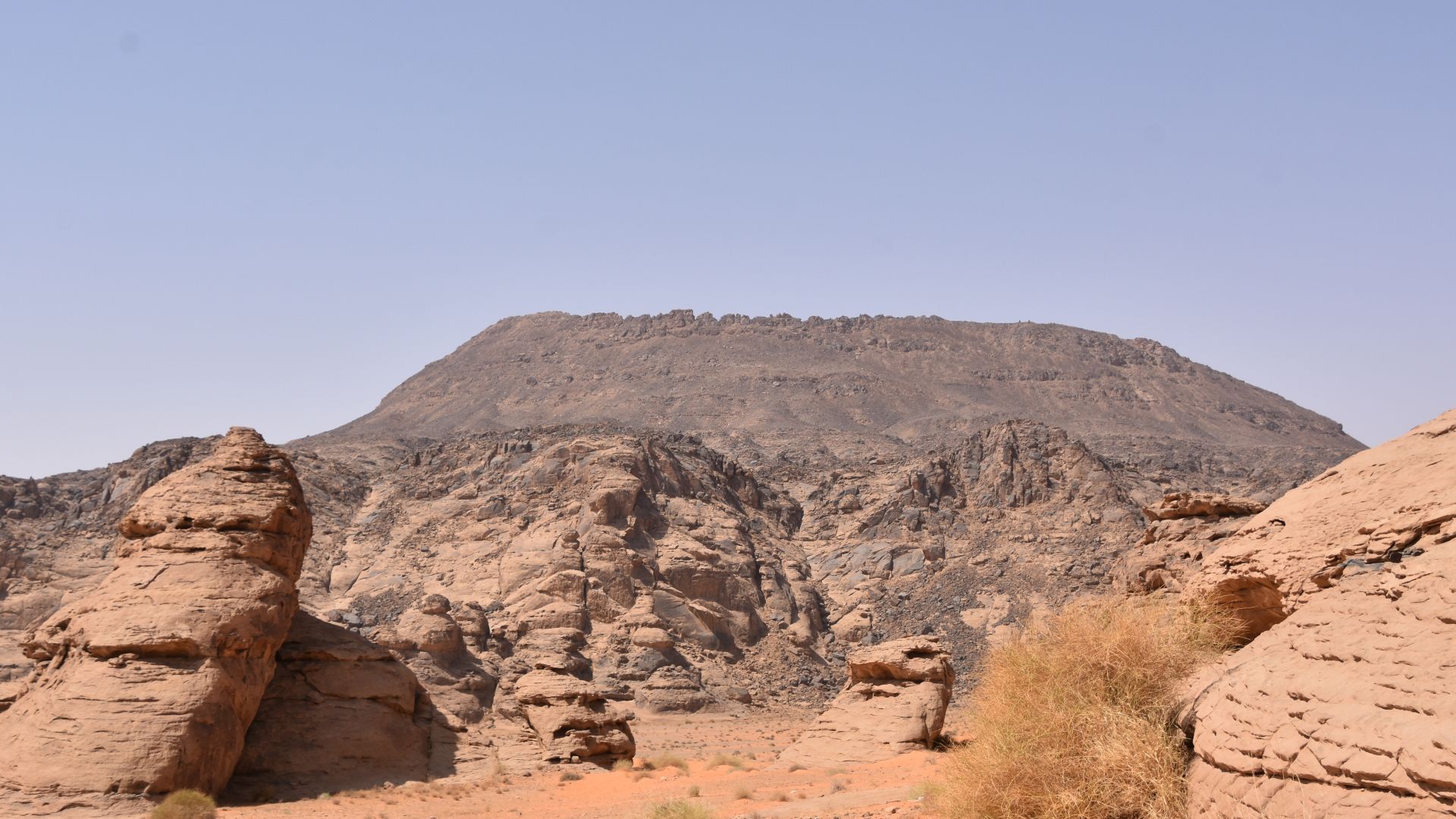 Prof. Mortel, Wikimedia Commons
Prof. Mortel, Wikimedia Commons
The Standing Figures
Taller human figures dominate the rock face, carved almost life-size. Their isolated placement and solemn stance suggest reverence or leadership. Cut deep into sandstone overlooking Saudi Arabia’s Ha’il plains, these imposing forms feel like guardians watching over a world long vanished.
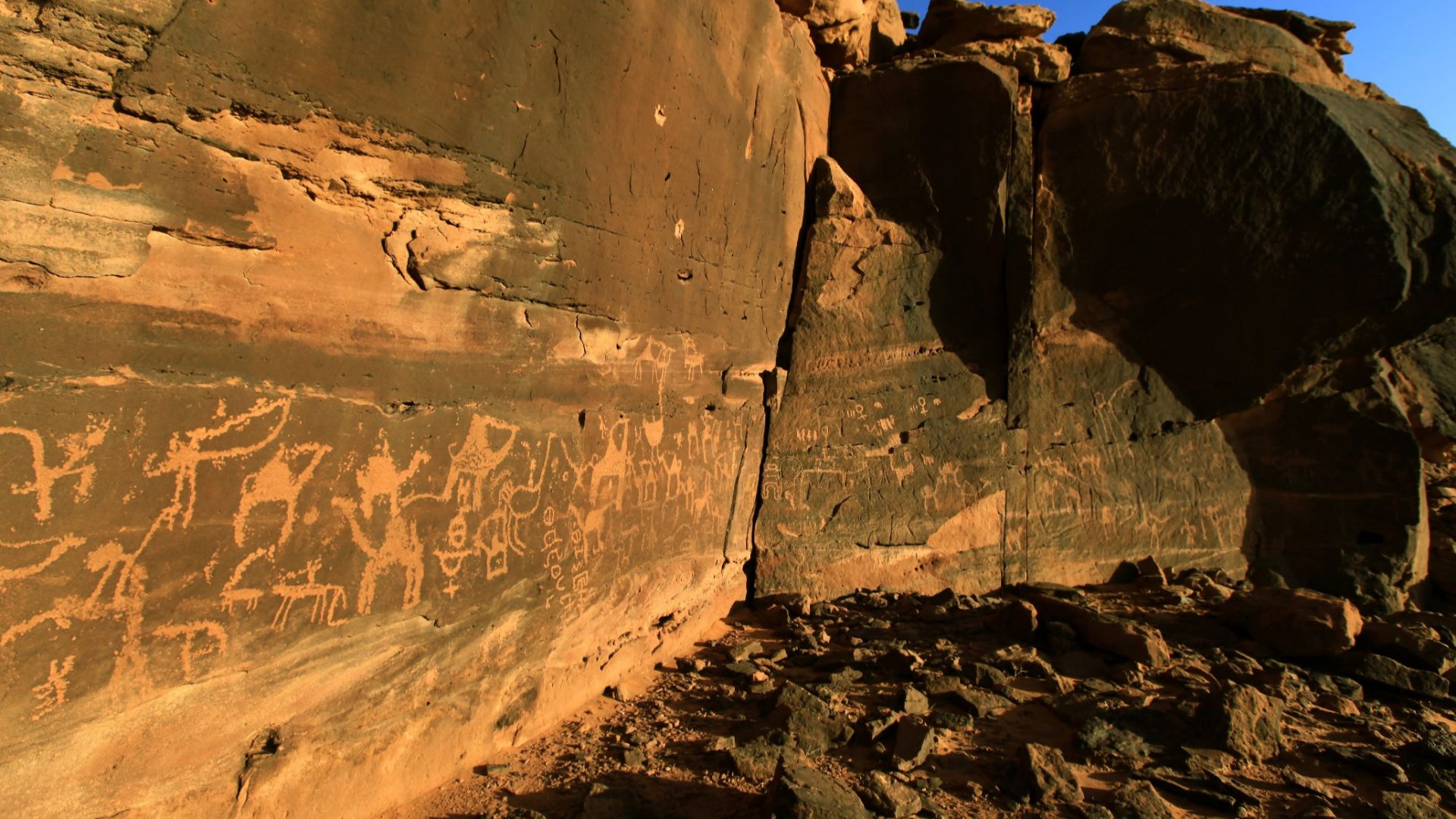 Heritage Commission , Wikimedia Commons
Heritage Commission , Wikimedia Commons
The Meeting Scene Of Misma
Near the base of Jebel Misma, one unusual panel shows human figures arranged in a semicircle, facing one another. Could it be a meeting, a ceremony, or an early form of storytelling? Whatever the moment, it captures cooperation.
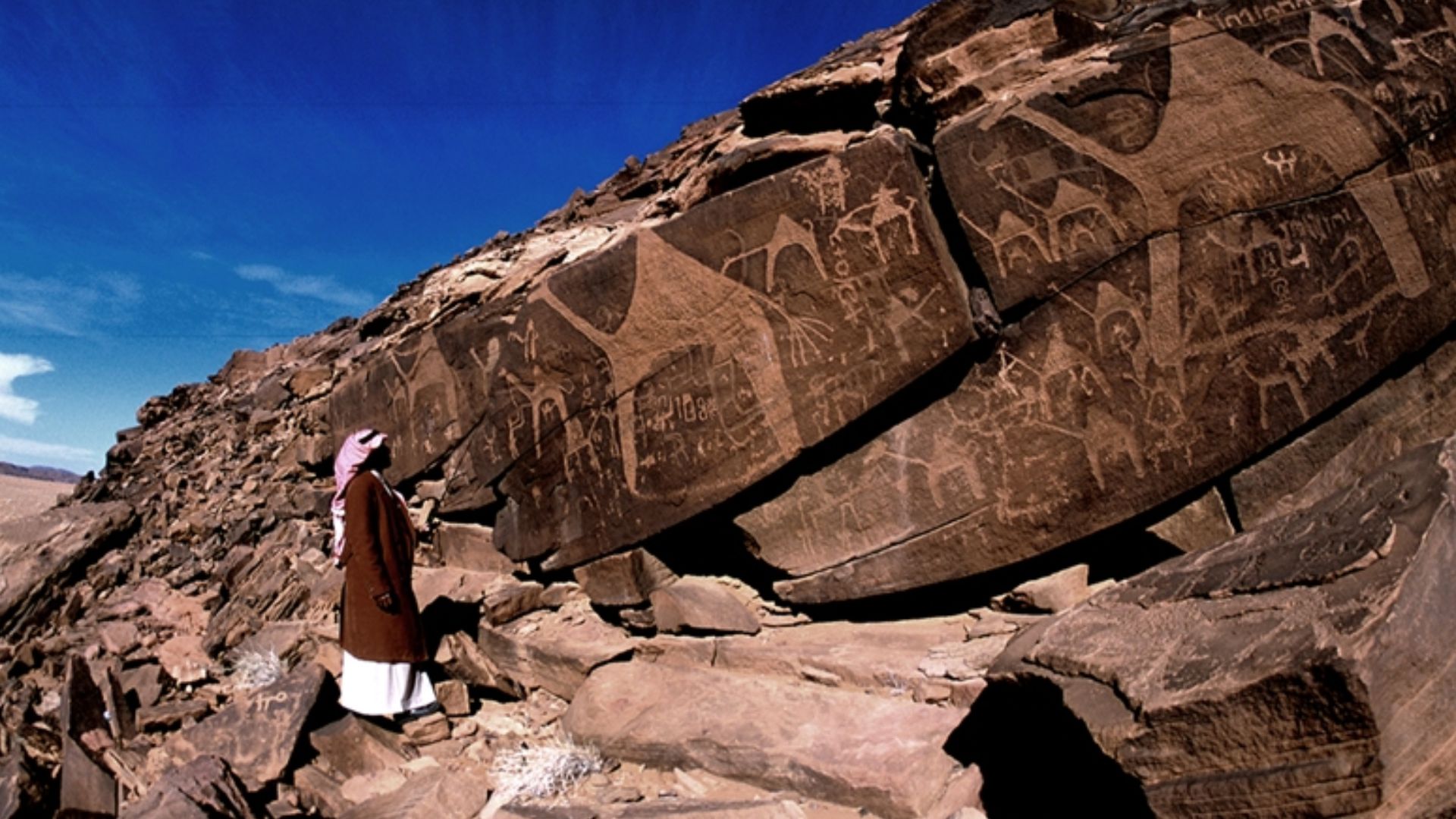 Heritage Commission , Wikimedia Commons
Heritage Commission , Wikimedia Commons
The Spiral Marks Of Arnaan
Geometric spirals twist across a smooth rock face at Jebel Arnaan. They break from naturalistic hunting scenes, pointing to a symbolic turn in thought. These may represent weather or time itself—abstract expressions from people beginning to think beyond the physical world.
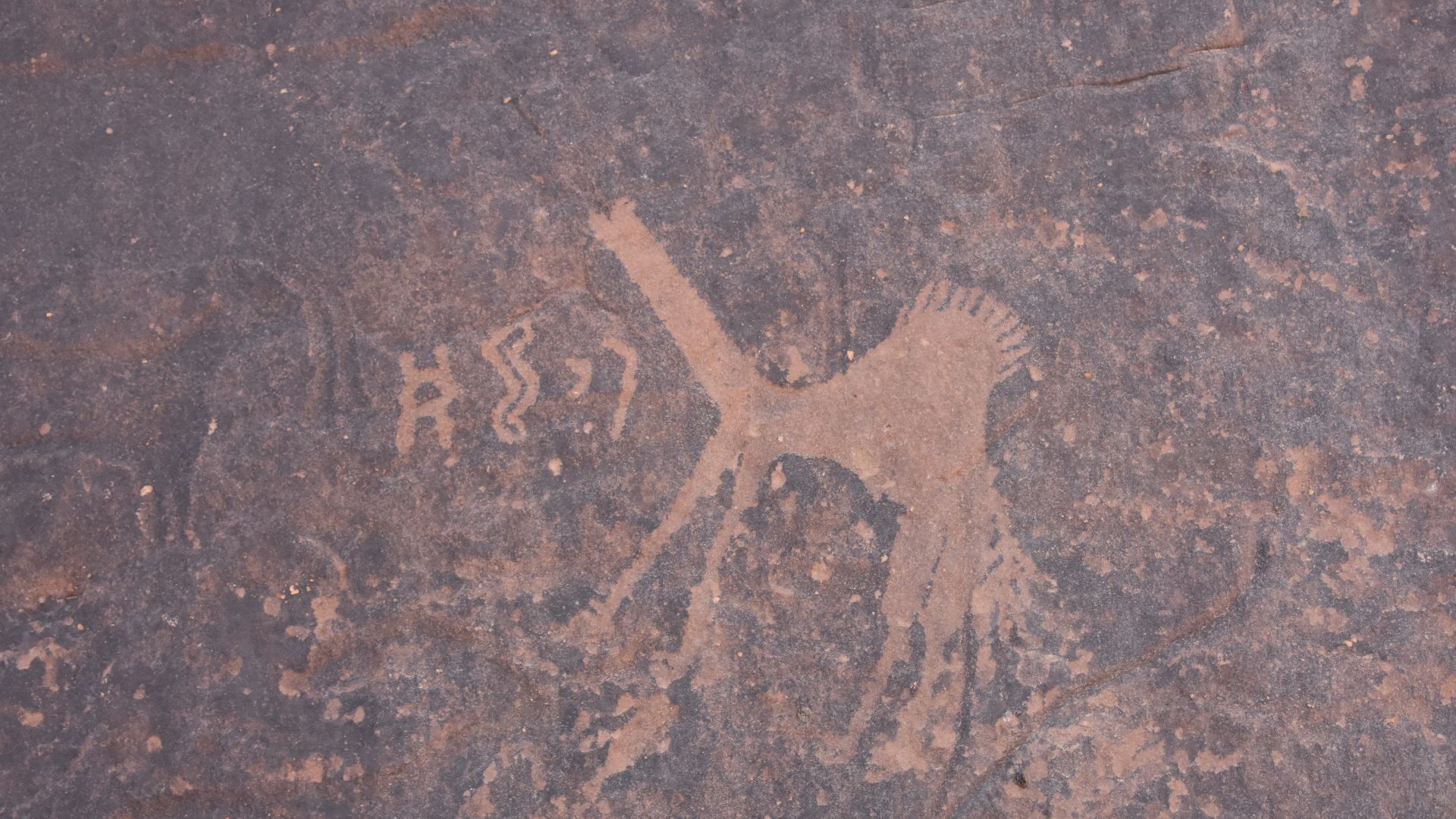 Prof. Mortel, Wikimedia Commons
Prof. Mortel, Wikimedia Commons
Echoes Of Lost Waterholes
Clusters of engravings encircle dry hollows that once held water along the Nefud’s southern edge. Camels, cattle, and footprints all radiate outward as if drawn to the same source. The message endures: where water flowed, life gathered, and where life gathered, art followed.
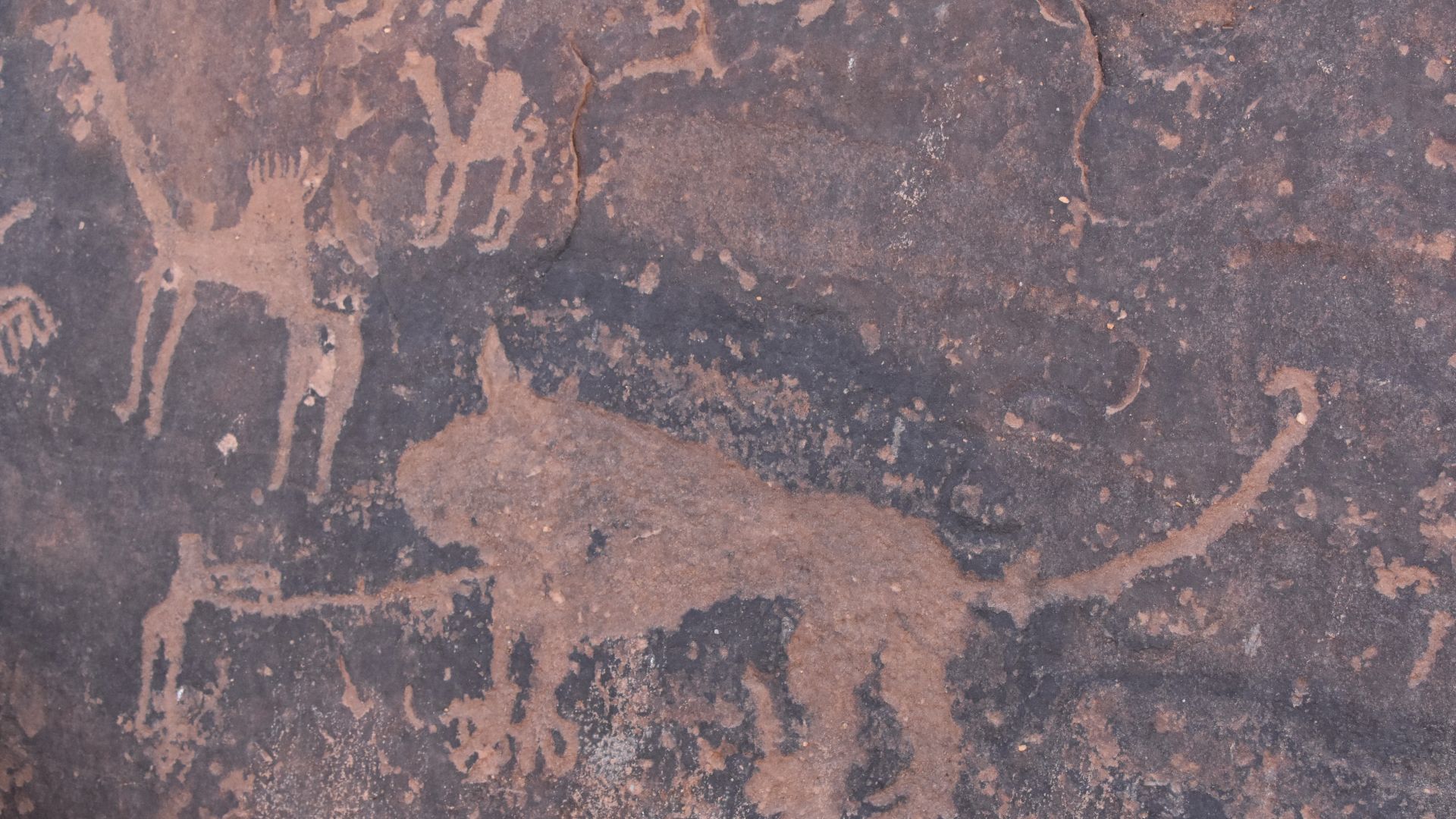 Prof. Mortel, Wikimedia Commons
Prof. Mortel, Wikimedia Commons
Desert Walls Of Memory
The cliffs of Arnaan and Misma now stand like libraries carved by wind and time. Layers of art—animals, symbols, people—compose a silent archive of thousands of years. Each engraving adds a chapter to Arabia’s human story, surviving long after every settlement disappeared.
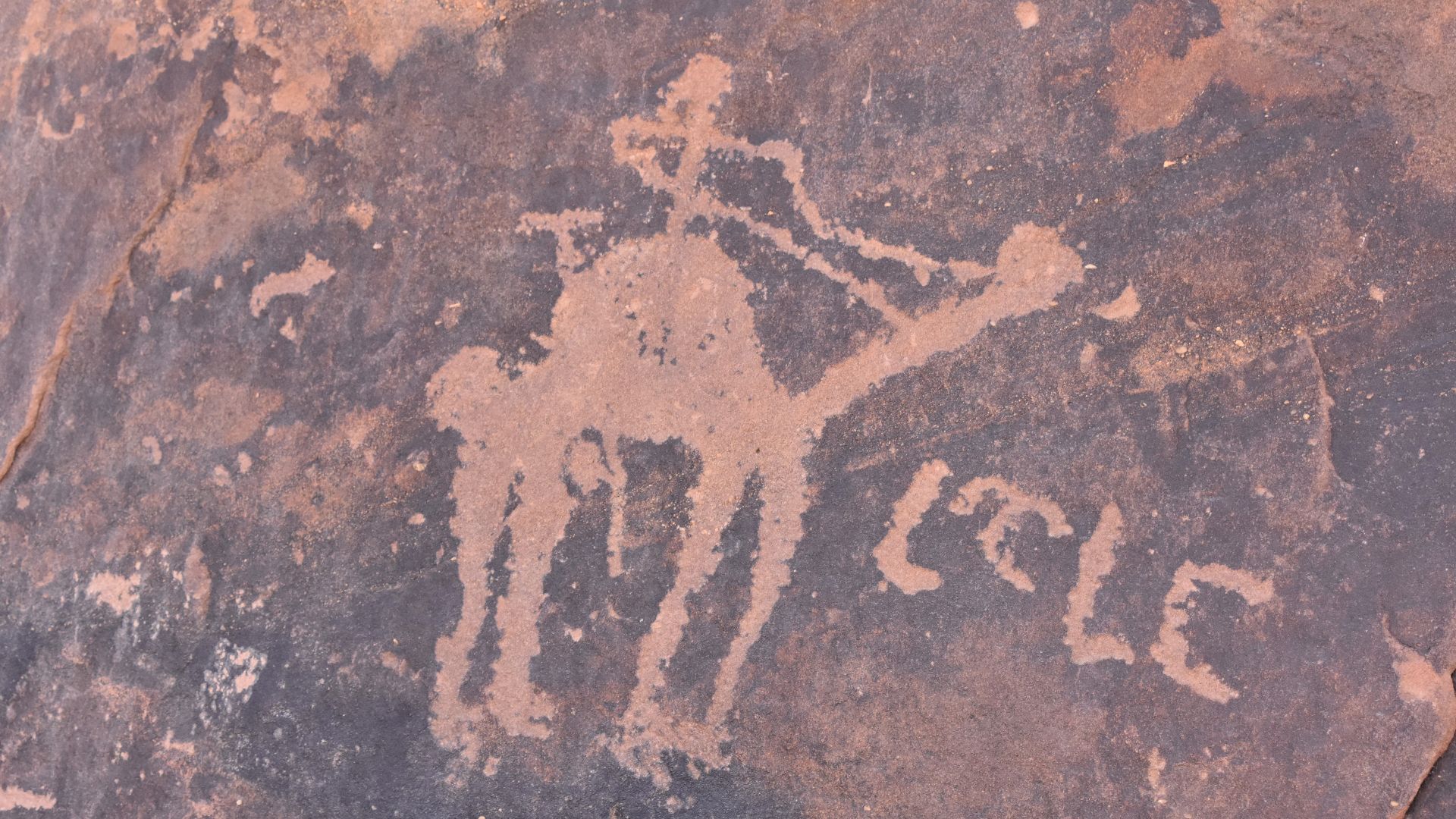 Prof. Mortel, Wikimedia Commons
Prof. Mortel, Wikimedia Commons

